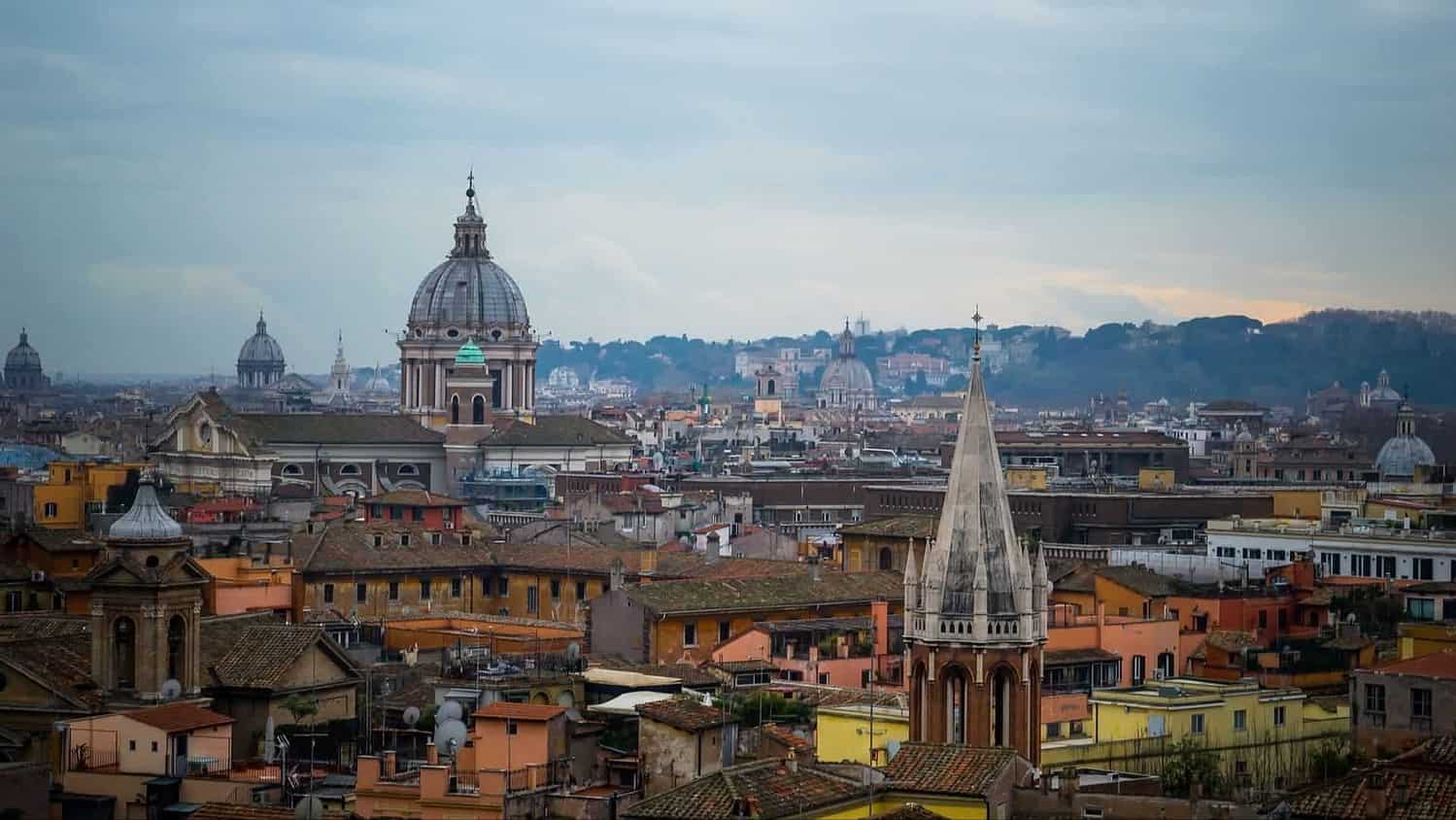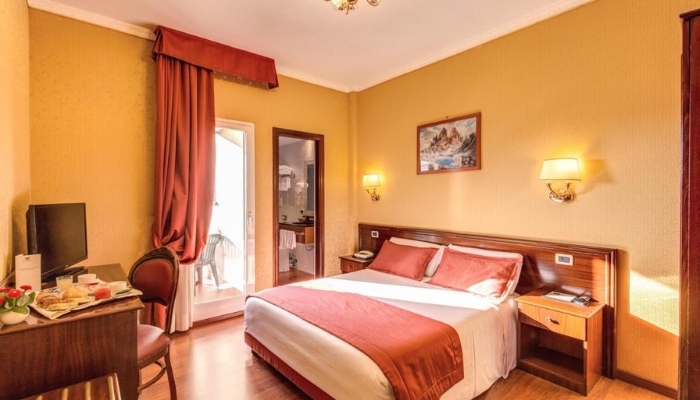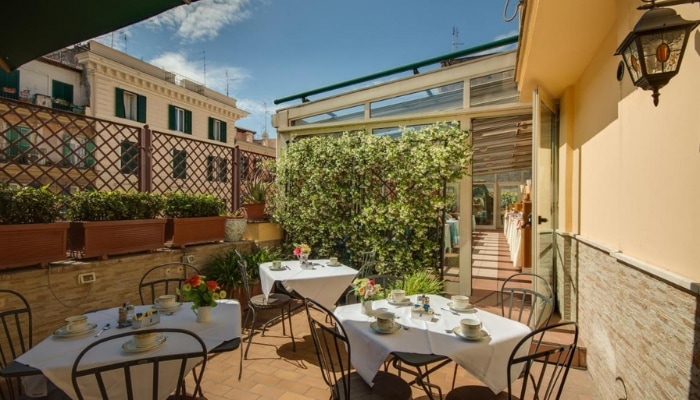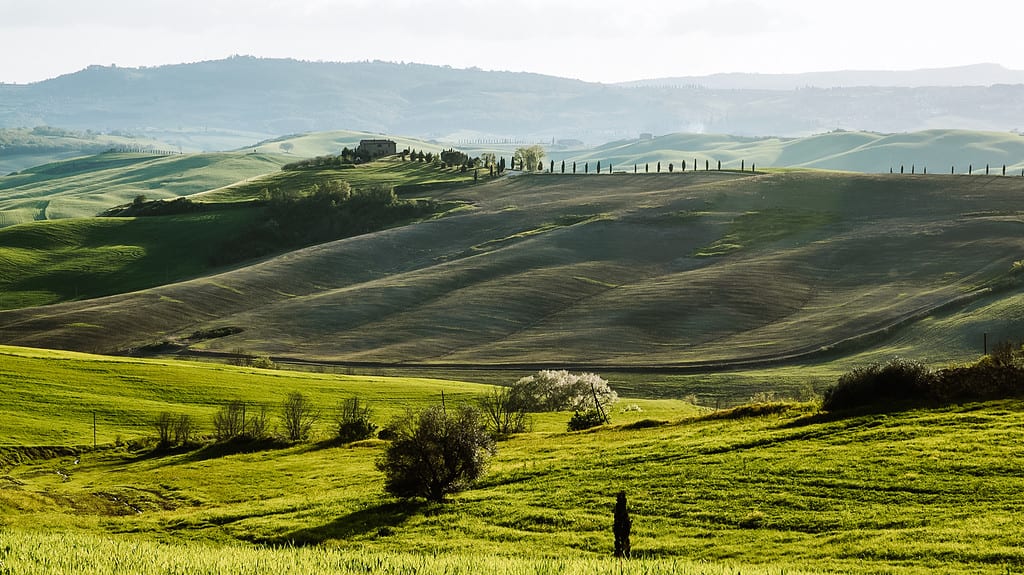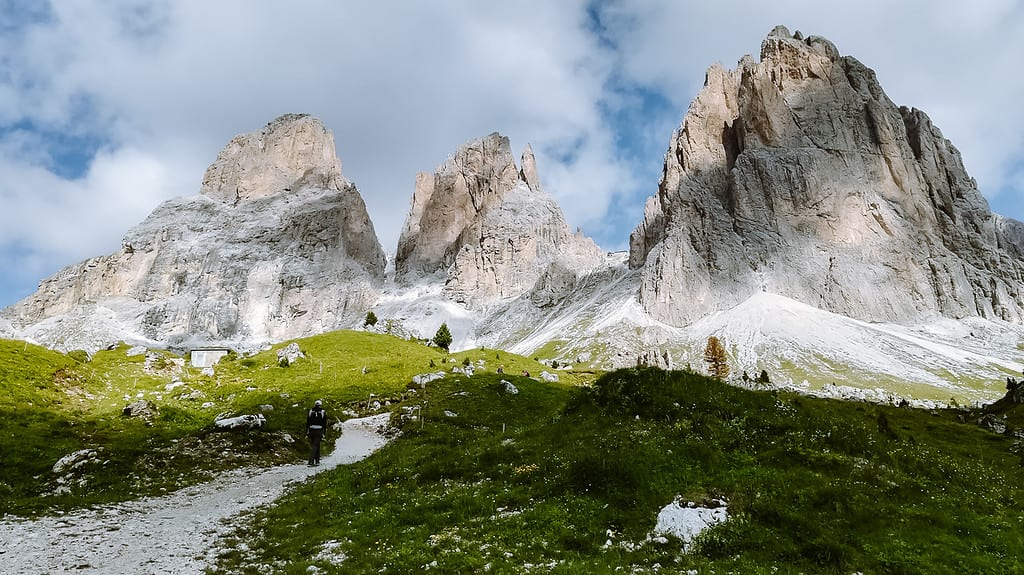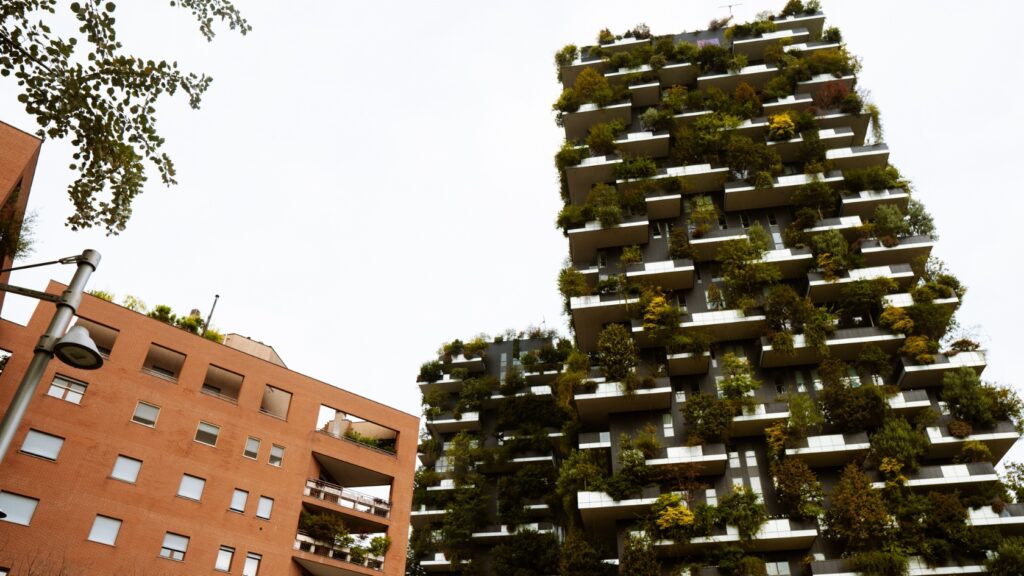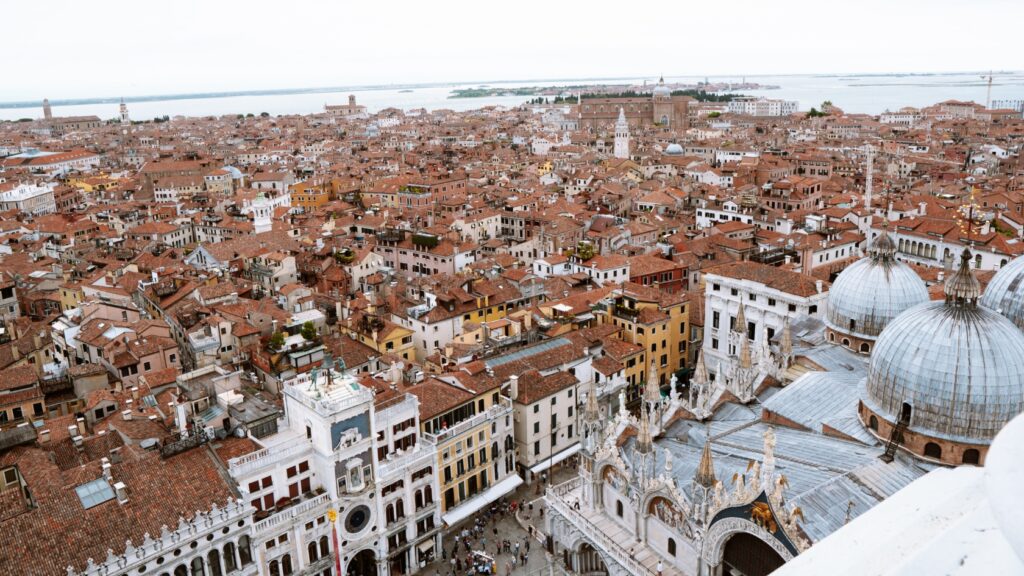Planning to visit Rome in 3 days? Check out our guide to the most beautiful places to visit in Rome.
- Is it possible to visit Rome in 3 days?
- How to enjoy Rome
- Map of what to see in Rome in 3 days
- What to see and do in Rome in 3 days?
- Rome in 3 days: hotels
- How to save money on sightseeing and transport in Rome?
- Ticket Reservation
- More about Rome
Is it possible to visit Rome in 3 days?
Yes, you can get around the historic centre in one day. It is not big, but you have to count on not looking inside the monuments.
If you want to visit the Vatican, the Colosseum and other TOP places in Rome, you need to make up at least 3 days. You won’t see everything, but you will see a lot. Plus, I personally usually lose my energy to explore more and more sights after more than 3 days, so visiting Rome for 3 days seems like a good compromise.
Rome is one of those cities where you can go more than once and still have plenty to discover.
How to enjoy Rome
Rome is a beautiful city and attracts visitors from all over the world. Already in April there are really crazy queues in some places.
If you don’t want to spend hours waiting, book tickets for the most popular sites in advance – you’ll find specific tips and links for booking tickets for the sights below.
Among the most popular places are the Vatican Museums, St. Peter’s Basilica, the Colosseum, the Castel Sant’Angelo, the Pantheon, the Borghese Gallery and the Trevi Fountain.
Book your accommodation near Termini Station, where you can reach the airport and be just a short walk from the centre of Rome. The best hotels near Termini Station include:
- Hotel Borromeo – cosy period rooms with private bathrooms and air conditioning (for 2-4 people); a few minutes from the metro and within walking distance of the historic centre; beautiful roof terrace with seating and sun loungers
- The Hive hotel – trendy hotel with modern and clean rooms; rooms and suites for up to 4 people available; spacious roof terrace with seating and restaurant
- hu Roma Camping in Town– accommodation in air-conditioned bungalows or chalets, restaurant, refreshments, free parking, jacuzzi, swimming pool, bar
- Hotel Impero – cheap hotel with excellent breakfast and roof terrace; older facilities but clean and cosy; quiet at night
Map of what to see in Rome in 3 days
HOW TO USE THIS MAP: Above you will find a detailed map of the itinerary for Rome in 3 days. Click at the top left of the map to see separate layers with highlighted locations. You can hide and show the different layers or click on the icons on the map to see the names of the places mentioned in the itinerary. If you want to save the map, mark it with an star. It will then be saved to your Google Maps and can be retrieved at any time on your mobile phone or computer. For a larger version of the map, click on the icon in the top right corner.
What to see and do in Rome in 3 days?
Rome in 3 days: ANCIENT ROME
The first day will be devoted mainly to ancient Rome. It’s the oldest part of the city where it all began. And that’s why we’re going to symbolically start here.
Piazza Venezia
Piazza Venezia is in the heart of Rome. The traffic gets pretty thick here, so you better look around three times before you cross. Italians on the road…it’s worth it. In other states, they’d be out of a driver’s license in no time. 🙂
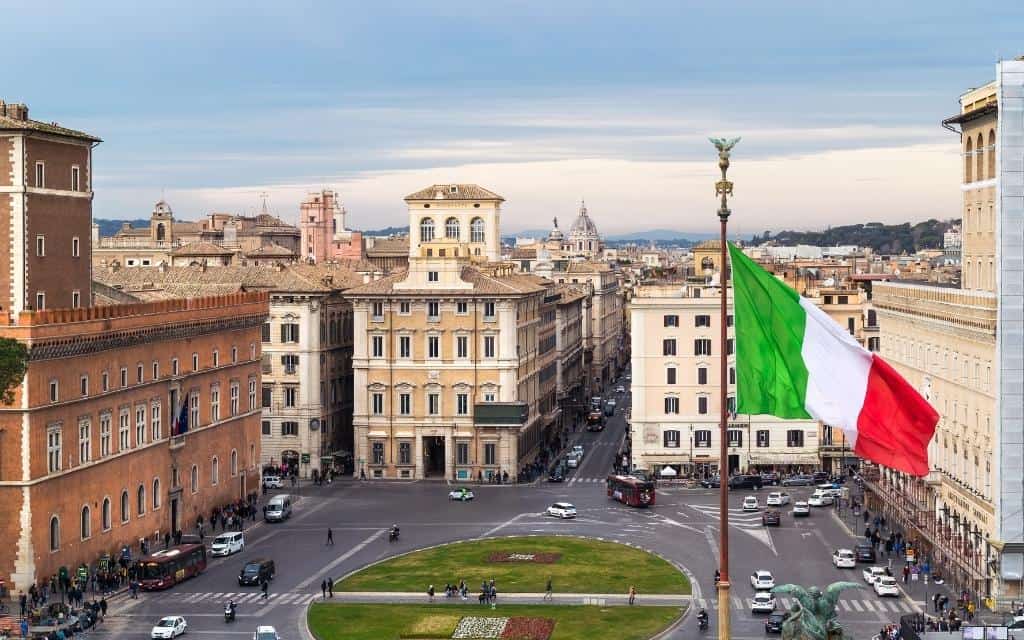
In the square you will find the Palazzo Venezia, which is now an art museum. In the past, however, it was the residence of Mussolini, who declared war on the balcony here in 1940.
The square is dominated by the imposing Complessso Vittoriano, built in the late 1890s as a tribute to Victor Emmanuel II, the first king of unified Italy.
The Romans infamously nicknamed it the Whipped Cream Cake or the Typewriter. And although it has nothing to do with ancient Rome, it is definitely worth seeing.
The building is also famous for containing the tomb of an unknown soldier. It is currently guarded by two soldiers, thus guarding two eternal flames.
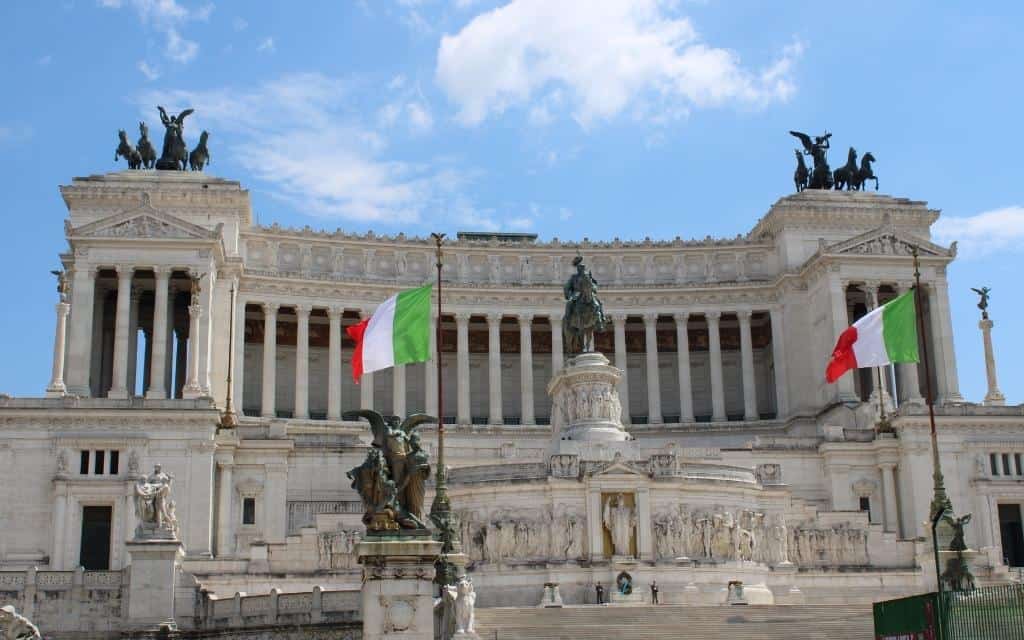
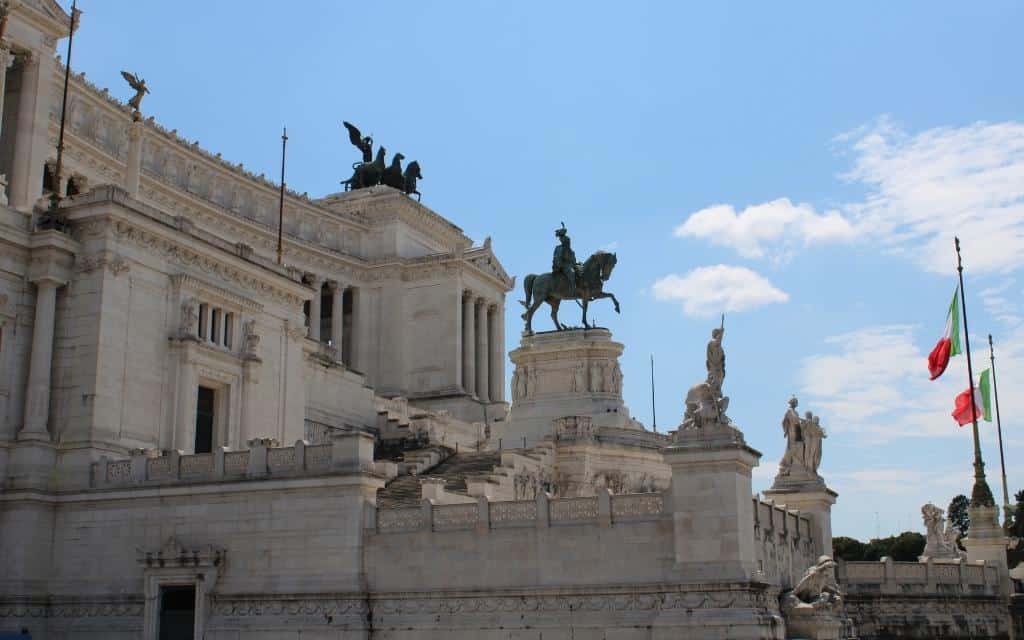
Piazza Campidoglio
Continue past the monument on your left until you see the gently ascending steps to Campidoglio Square. In the small, perfectly oval square, you’ll find the Town Hall and the Capitoline Museums, where you’ll be treated to a collection of statues, paintings and other objects closely linked to the history of Rome.
The ticket will cost you 13 € and you should set aside 1-2 hours. Along with the Vatican Museums and the Borghese Gallery, the Capitoline Museums are another must-visit for all art and history lovers.

The square sits on the Capitoline Hill, giving you the best views of ancient Rome – especially of the Roman Forum and the Colosseum in the distance. The ancient Romans had their temple in the Piazza, later Michelangelo redesigned the square into its present form.
In the middle of the square stands an equestrian statue by Emperor Marcus Aurelius. Copy. The original can be found in the Capitol Museums. If you visit here on Saturday, you might be lucky enough to see the newlyweds.
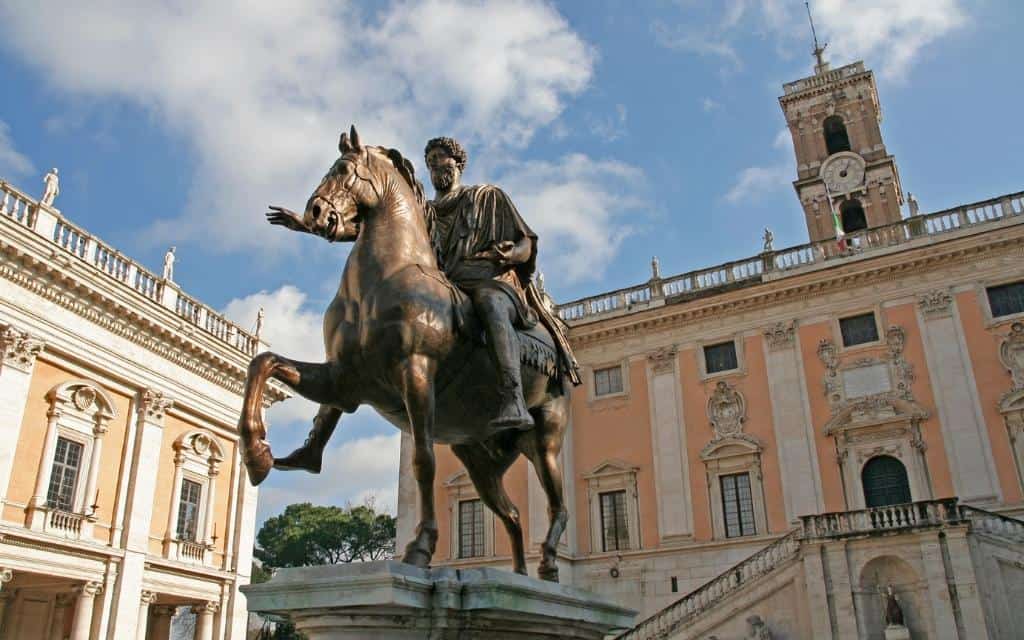
If you’d like to visit the beautiful basilica, before turning towards Campidoglio Square, you’ll see steep steps on your left, at the top of which stands the unassuming Basilica of Santa Maria in Aracoeli.
It is one of the hidden gems in Rome. From the outside, the basilica may be inconspicuous, but don’t be fooled, because inside it is beautifully decorated.
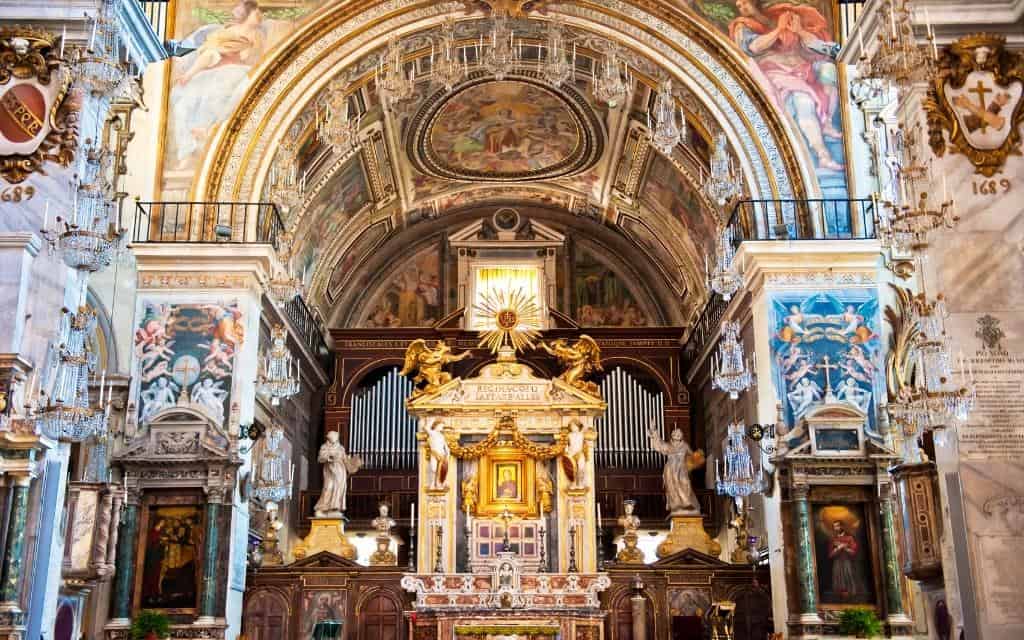
HOW TO GET FROM THE FIUMICINO AIRPORT TO THE CITY CENTRE: Private transfer from the airport is the most convenient way to get to Rome. Buses are the most popular mode of transfer – there are several carriers to choose from, with buses being the most reliable SIT Bus-Shuttle. They stop near the Vatican and Termini Station. Just show your ticket on your mobile phone on the spot. The advantage is that if you miss the original connection, you can take the next one without any problems. The third and fastest option is Leonardo Express trains.
Via dei Fori Imperiali
From Piazza Campidoglio, continue along one of the most famous streets, Via dei Fori Imperiali – you can walk through the square between the buildings on your left, from where you’ll come above the Forum Romanum. Continue a few hundred metres and you will reach the aforementioned Via dei Fori Imperiali.
On the left side you can enjoy the imperial fora. These were set up by the emperors to conduct their affairs of state here. Here you will find the Trajan, Augustus and Nerva forums. On the right is Caesar’s Forum and just behind it the Roman Forum Romanum, where religious and public life took place in ancient Rome.
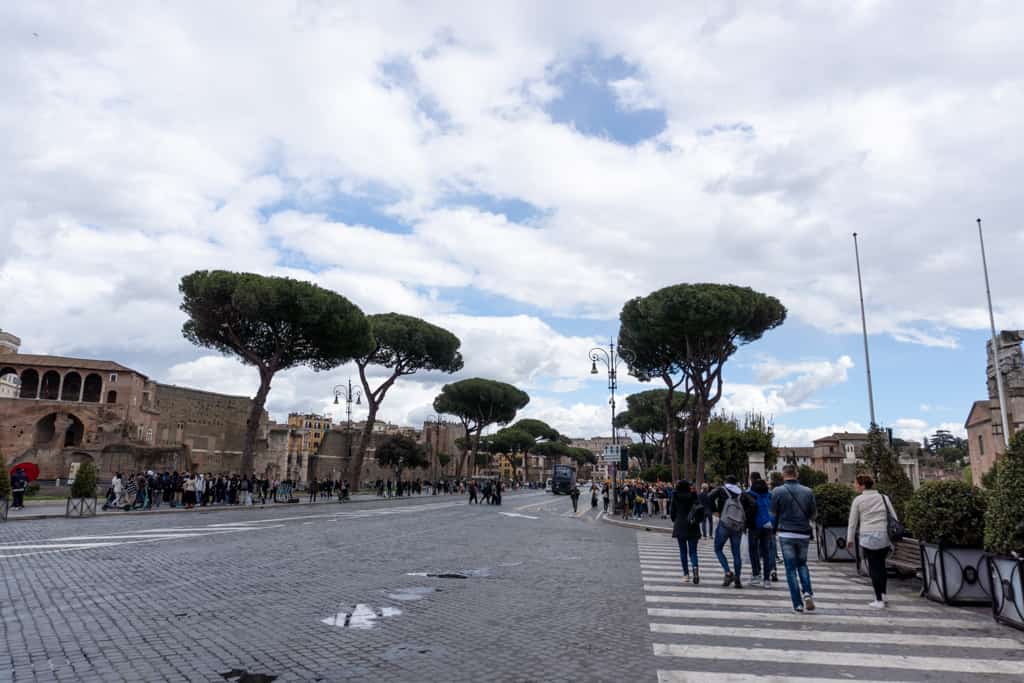
And we come to the Colosseum.
Colosseum
We all want to see the Colosseum. On our first visit to Rome, we ran here as soon as we arrived with our backpacks still on our backs. And it took our breath away. It really is an experience.
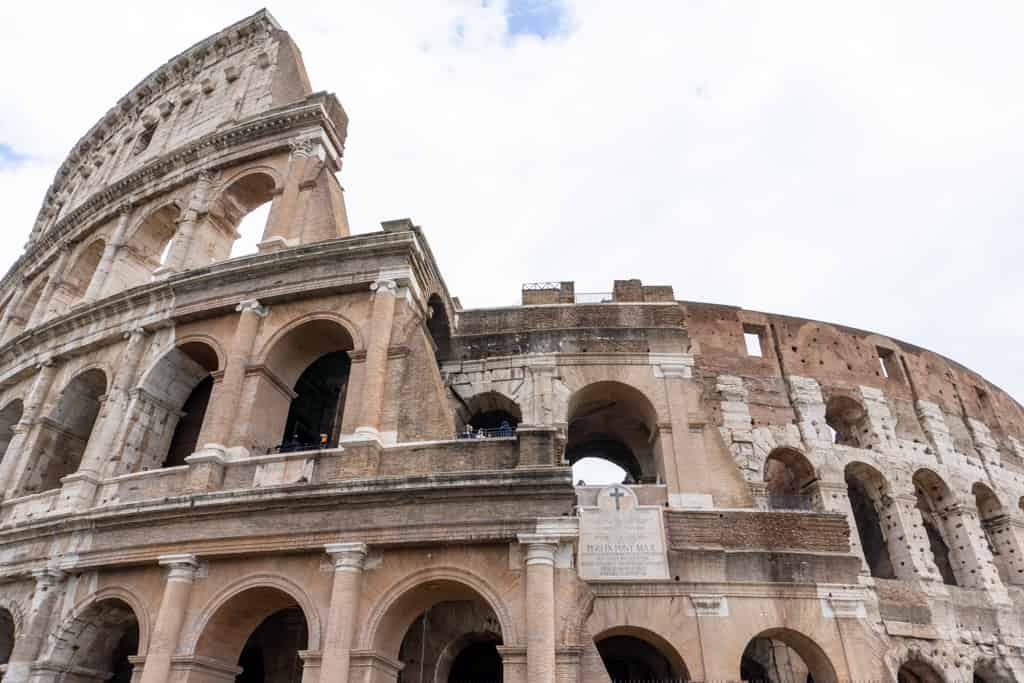
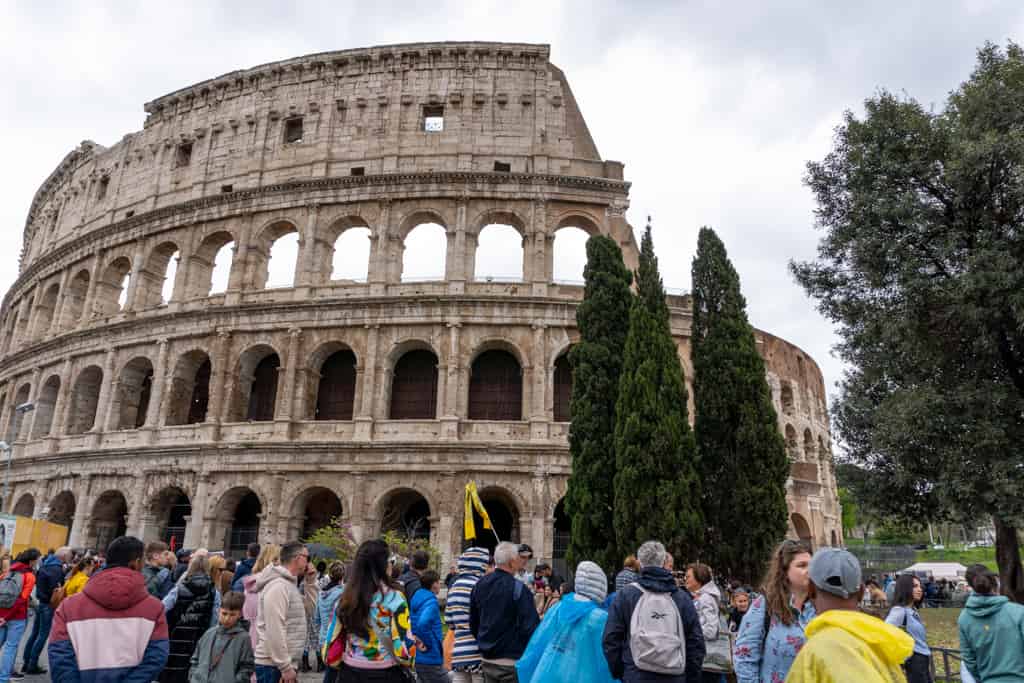
To be honest, the garbage around and the many street vendors with selfie sticks took our breath away. You don’t see that in pictures of the Colosseum anymore. The good news is that they are mostly staying at the Colosseum and other parts of historic Rome are already tidier.
TIP: It’s best to book tickets to the Colosseum in advance if you want to make sure you get in. Book well in advance, they tend to sell out weeks in advance. Guided tours are also available, with which you can learn lots of interesting and fun facts.
The Colosseum is a symbol of Rome with almost 2000 years of history. More than 6 million people visit it every year. It is also known as the Flavian Amphitheatre. The Colosseum can hold up to 80,000 spectators.
For more than 500 years, it was the centre of entertainment for the Roman people – exotic animal exhibitions, prisoner executions, gladiator fights took place here.
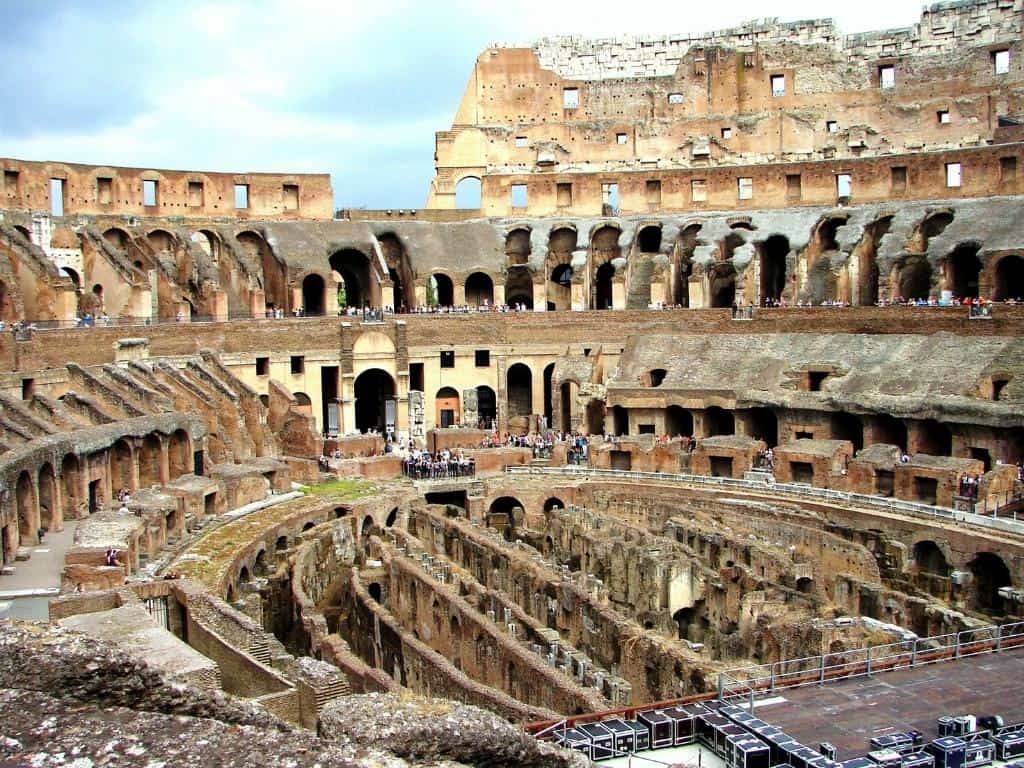
You might be surprised how much of the Colosseum is missing. Part of this is due to disuse and earthquakes, but also the local marble was used to make other things. For example, the construction of the Vatican.
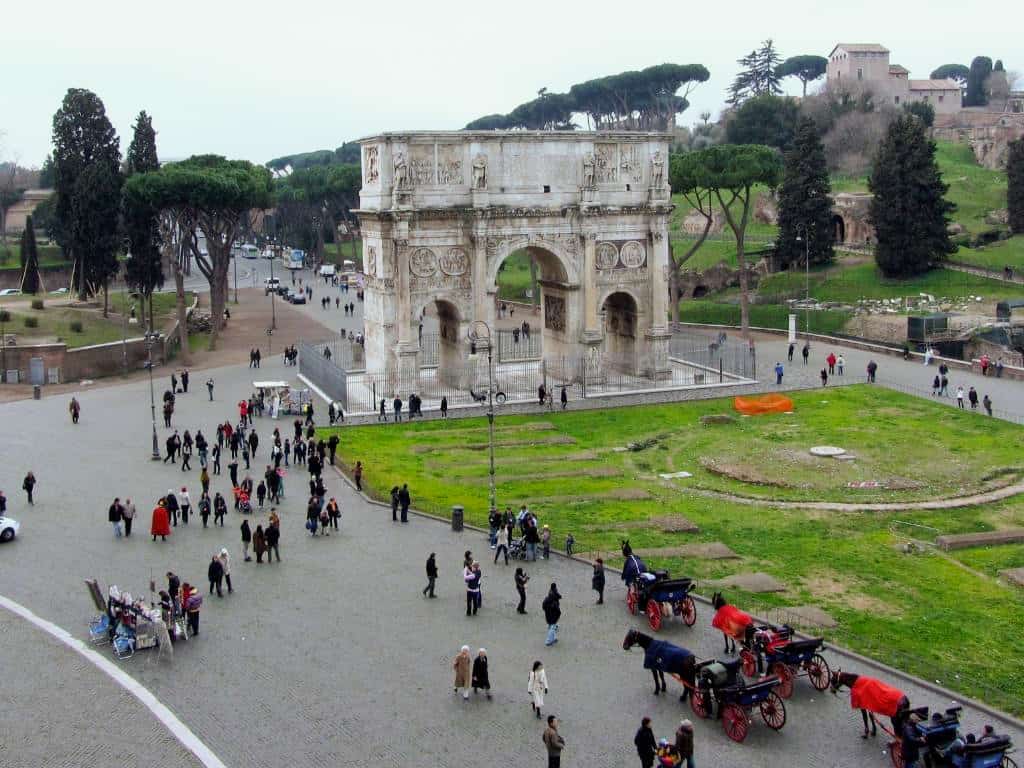
What to do if tickets to the Colosseum are sold out?
A common thing in Rome – tickets for the Colosseum and other places can sell out weeks in advance. Check current availability here .
If there are no available dates, you can try your luck on site (a limited number of tickets are available) or another option is a guided tour. An increasingly popular option to visit the Colosseum, as the guide will help you get your bearings quickly. Here you will find all the options to visit the Colosseum.
Please note: From May 2023, those who have free admission – children under 18 and disabled people with accompanying persons – do not need to book in advance. Tickets can be picked up at the box office.
Free admission is also available to everyone, regardless of age, on the first Sunday of the month – advance booking is not possible and the number of tickets is still limited, so it is better to come as early as possible.
Forum Romanum and Palatine Hill
Directly opposite the Colosseum you will find the Forum Romanum and Palatine Hill. Admission is included with the Colosseum and it would be a shame not to take advantage of it. You will learn a lot more about ancient Rome.
Both places have a common entrance, so make sure you visit everything you want to then. You won’t be able to come back.
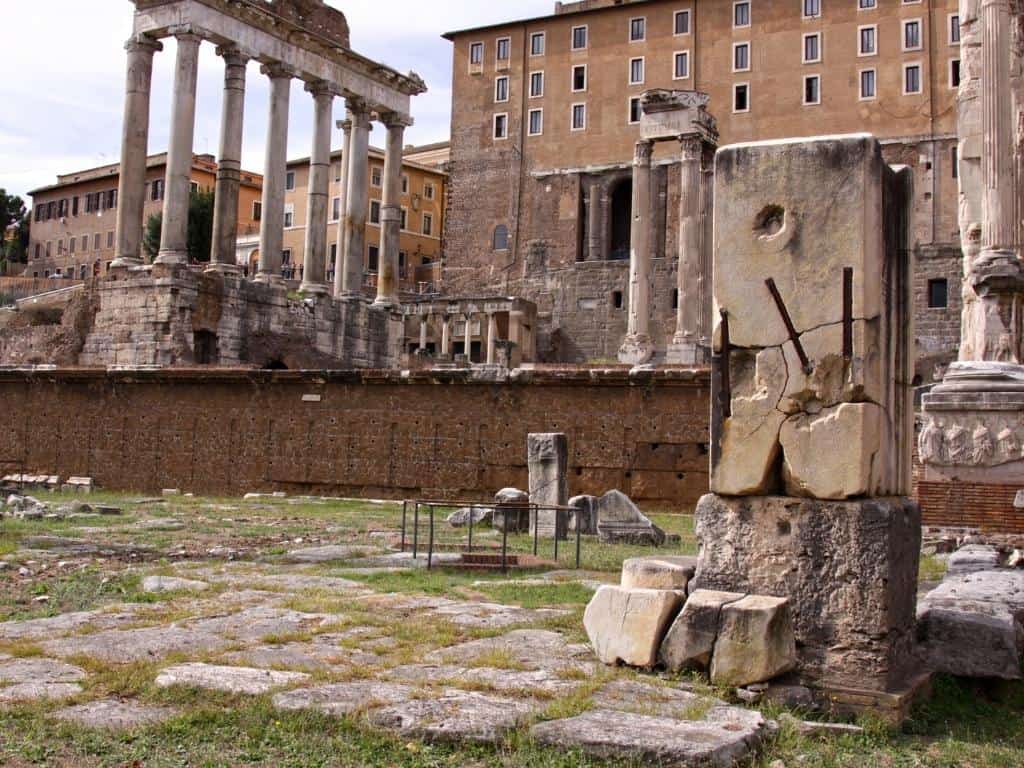
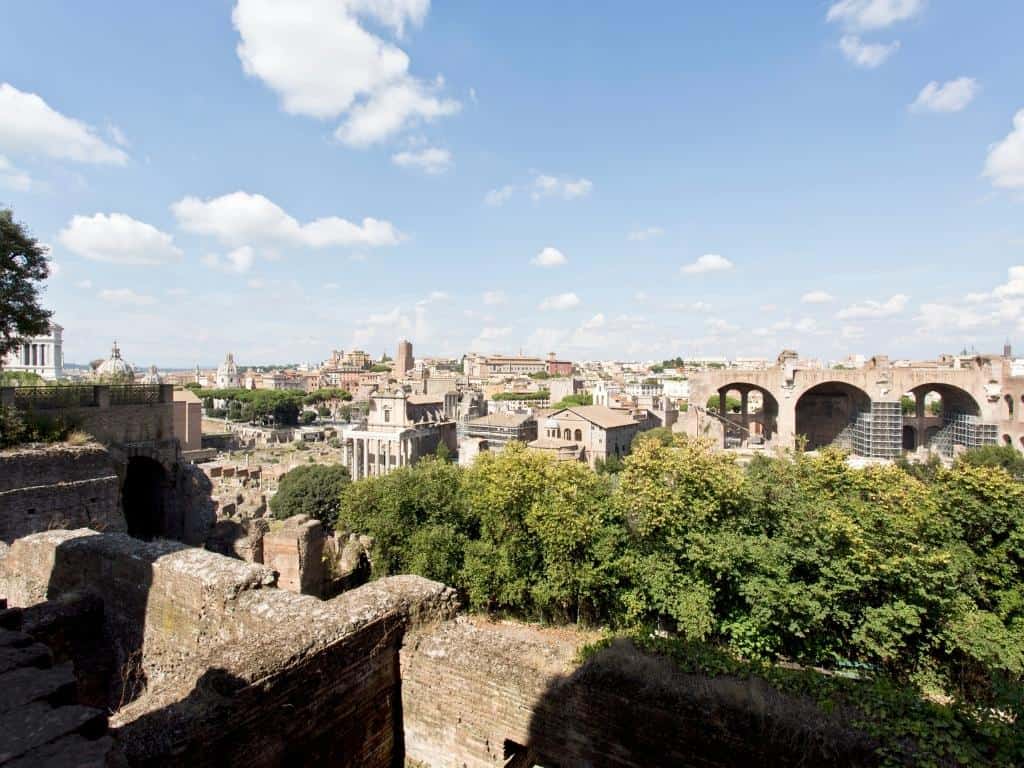
Tour of the Colosseum, Forum Romanum and Palatine Hill
TIP: Tickets to the Colosseum it’s best to book in advance if you want to make sure you get in. Book well in advance, they tend to sell out weeks in advance.
The ticket is a combination ticket and includes the adjacent Forum Romanum and Palatine Hill. They form one archaeological park. It’s a short climb up Palatine Hill, but you’ll get a great view of the Roman Forum, the Colosseum and other parts of Rome.
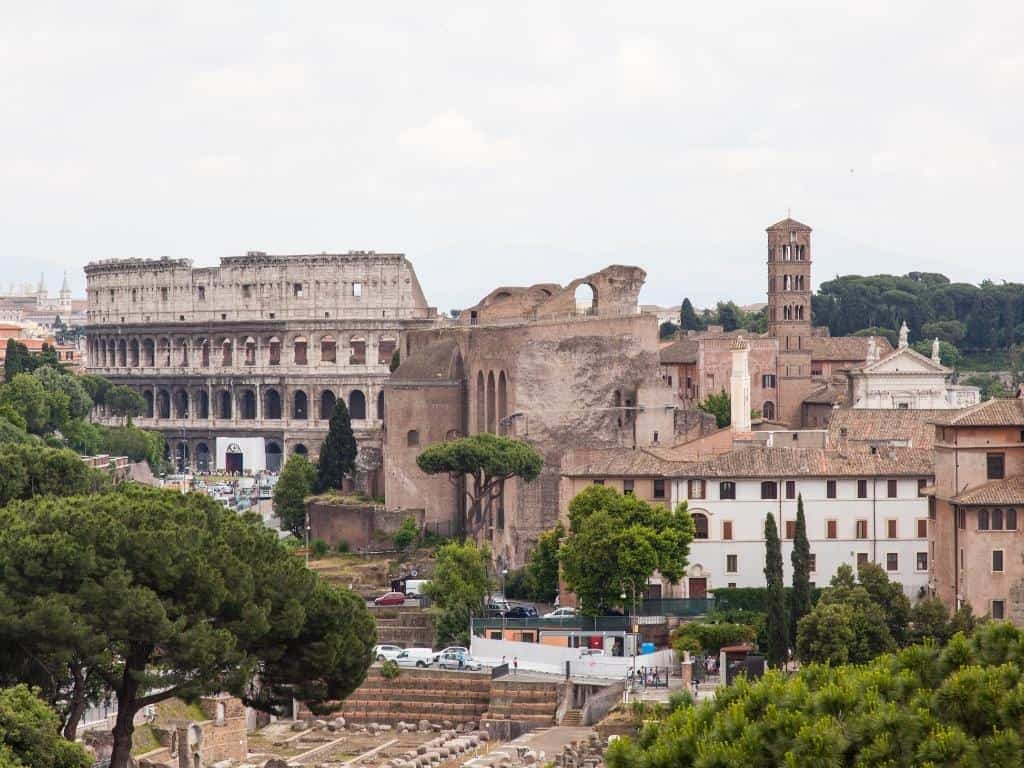
The tour of all three parts will take about 2-3 hours. If you haven’t visited the Capitol Museums, it will probably be around lunchtime. The restaurants in Rome are the same as elsewhere in the world for major attractions.
The ones closest and most in plain sight tend to be the most touristy. With exorbitant prices and often with a menu that does not match the local cuisine. Try going around the corner a little more, where the locals eat. You’ll enjoy it more.
After the meal, you still have plenty of time to visit other places around the Colosseum. For myself, I can recommend the Baths of Caracalla (2nd photo below), built by Marcus Aurelius in 212-216 and one of the largest and most interesting thermal complexes in antiquity.
Or Trajan’s Market (3rd photo), the first Roman shopping centre, which had 6 floors with up to 150 different shops and apartments. One of the best art museums is the Capitol Museums.
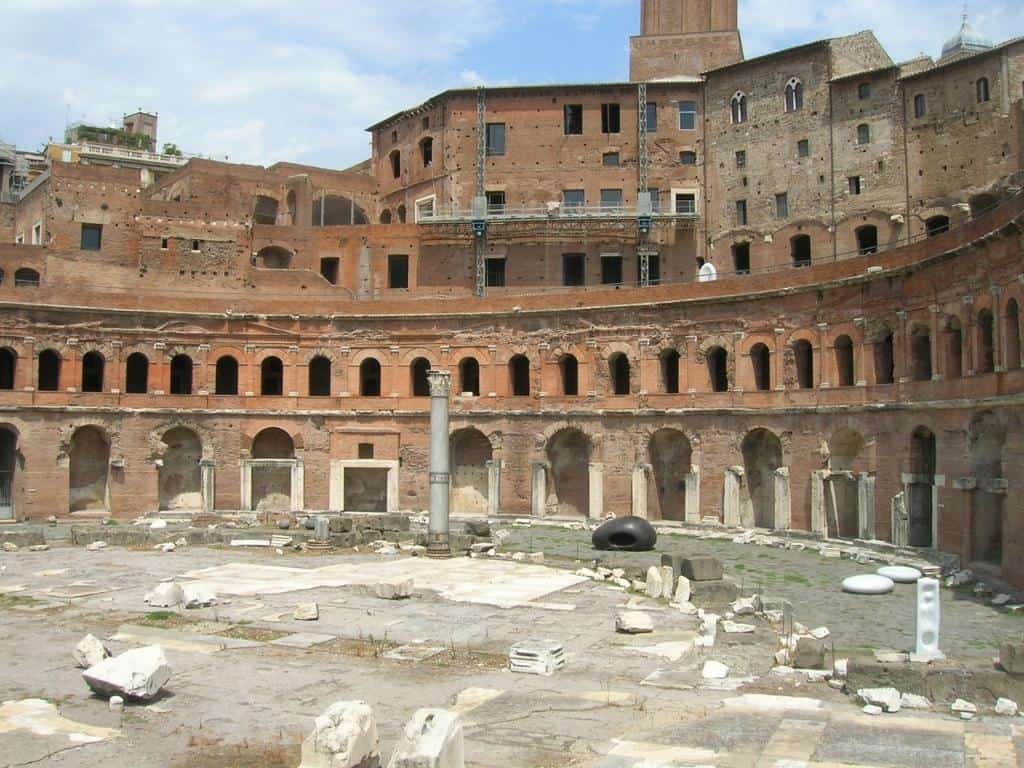
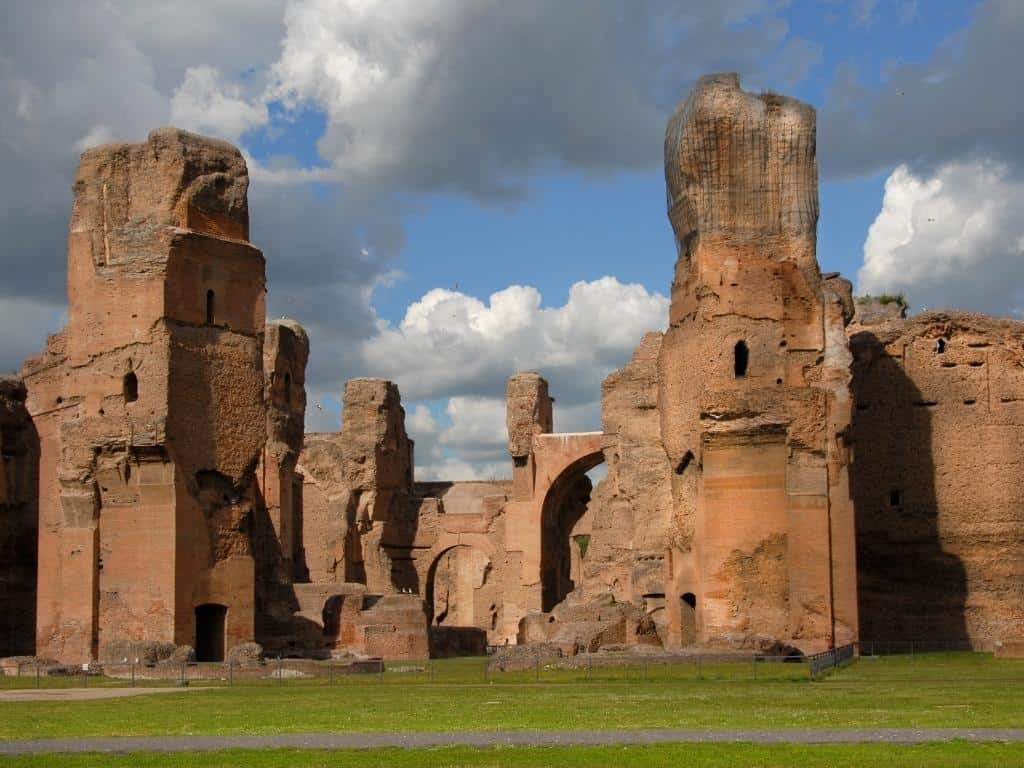
Or you can hike up the Aventine Hill, one of the 7 Roman hills, located behind the Colosseum towards the Circus Maximus. Aventino has a beautiful view of Rome and there are lovely gardens with orange trees in the Giardino degli Aranci. For more about Aventine, see the separate article on what to see in Rome.
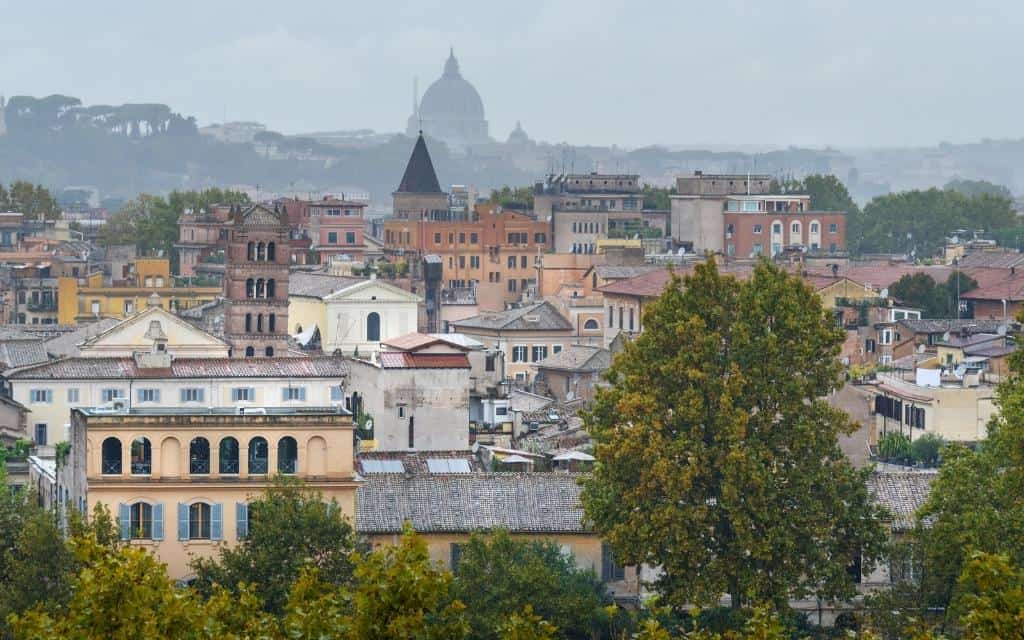
Rome in 3 days: VATICAN CITY
The next day will be dedicated to the Vatican. There is so much to see in the Vatican that you would have to spend much more time in Rome. If you’re planning Rome for 3 days, you’ll be able to catch at least the basics in Vatican City – St. Peter’s Basilica, the Vatican Museums and the Sistine Chapel.
Don’t schedule the Vatican for Sunday because you won’t see anything. It’s only open on one Sunday, and that’s the last Sunday of the month in the morning.
For detailed information on the Vatican, see our guide to the Vatican.
St. Peter’s Basilica
You can enter St Peter’s Basilica for free. It opens at 7am and that’s exactly the time to head here. There is a security check before you enter, and just a few hours later, you could find yourself in quite a dent due to the number of visitors. Plus, you’ll enjoy Rome’s largest church more without the crowds.
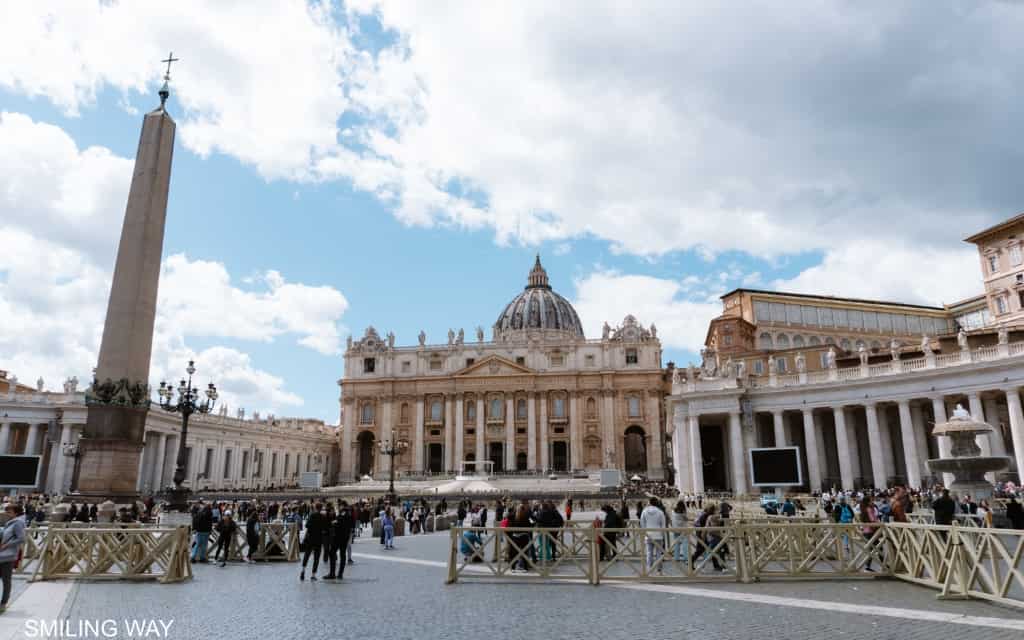
Please note: On Wednesdays the Pope has an audience and the Basilica does not open until 12:30-13:00. If you are planning to see the Pope, book your place here.
The Basilica can be reached from St Peter’s Square, where the metro stops at Ottaviano station (it is then a 15-minute walk). If you were going to visit the Vatican Museums first, get off at Ottaviano or Cipro station – the entrance for the Vatican Museums is different, not via St Peter’s Square.
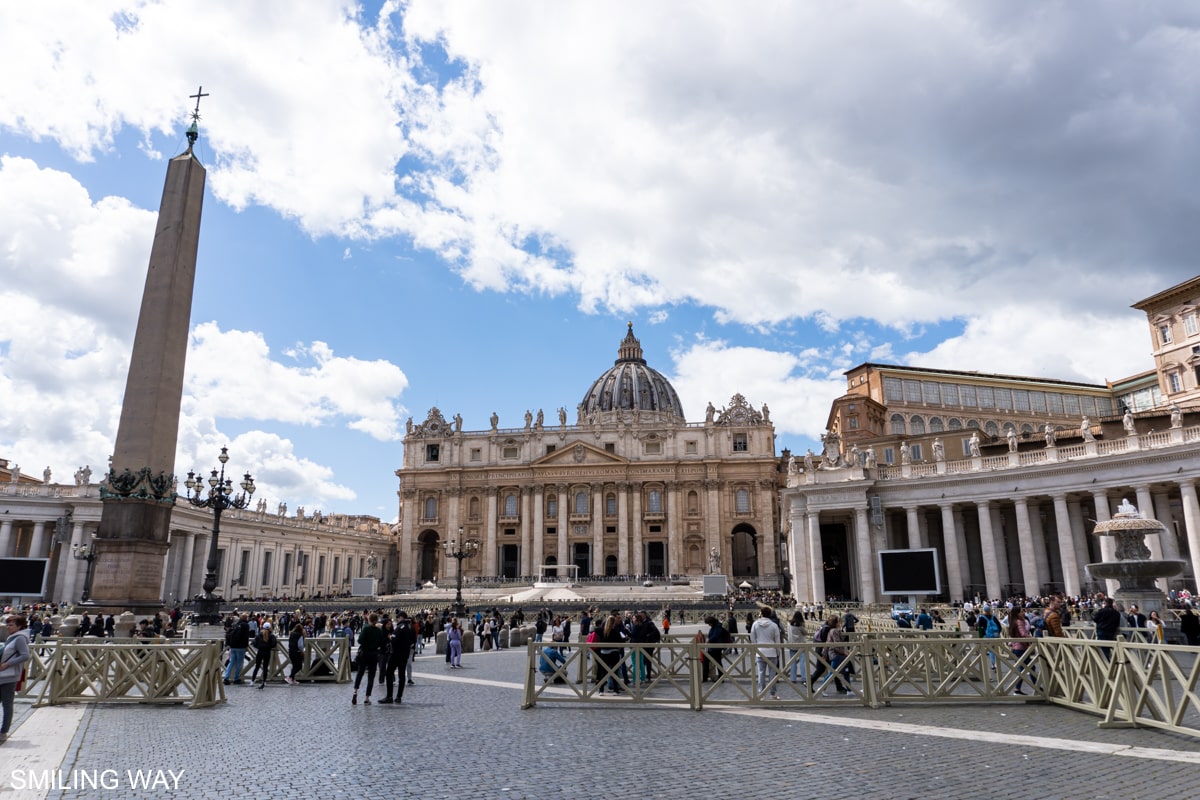
St. Peter’s Basilica is an important pilgrimage site and one of the holiest and largest churches of the Catholic Church, designed by D. Bramante, Michelangelo, C. Maderno and Gl. Bernini. It is the place where the Pope presides over many liturgies throughout the year.
Interestingly, the Basilica of St. Peter’s Basilica built on the older basilica in 1506-1628. Until then, the Lateran Basilica was the largest.
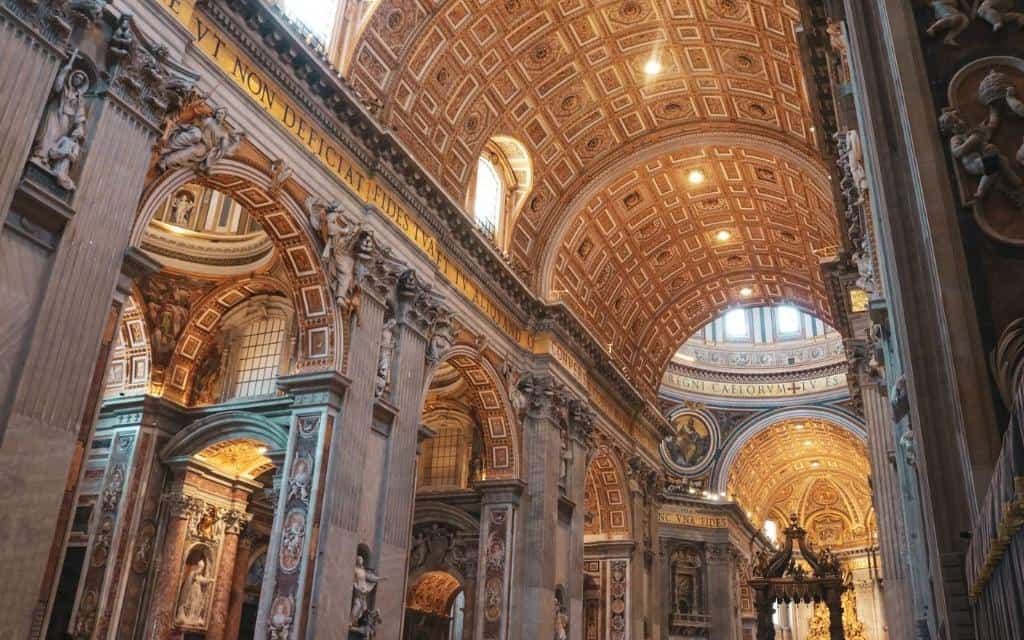

The Basilica itself is free, but you pay for the dome, which offers a spectacular view of St Peter’s Square and the whole of Rome. The kiosk is located on the right hand side just past the entrance to the basilica.
It’s definitely worth climbing all 551 steps (sometimes in quite cramped spaces) and the 8€ fee. The other option is to take the elevator up part of the stairs and then walk more than half of the way (10€).
On the way up, you will see the beautiful mosaics that decorate the interior of the dome. On the first level is the entrance to the roof, where you can see the statues of the apostles up close. From here you climb up a narrow staircase to the dome.
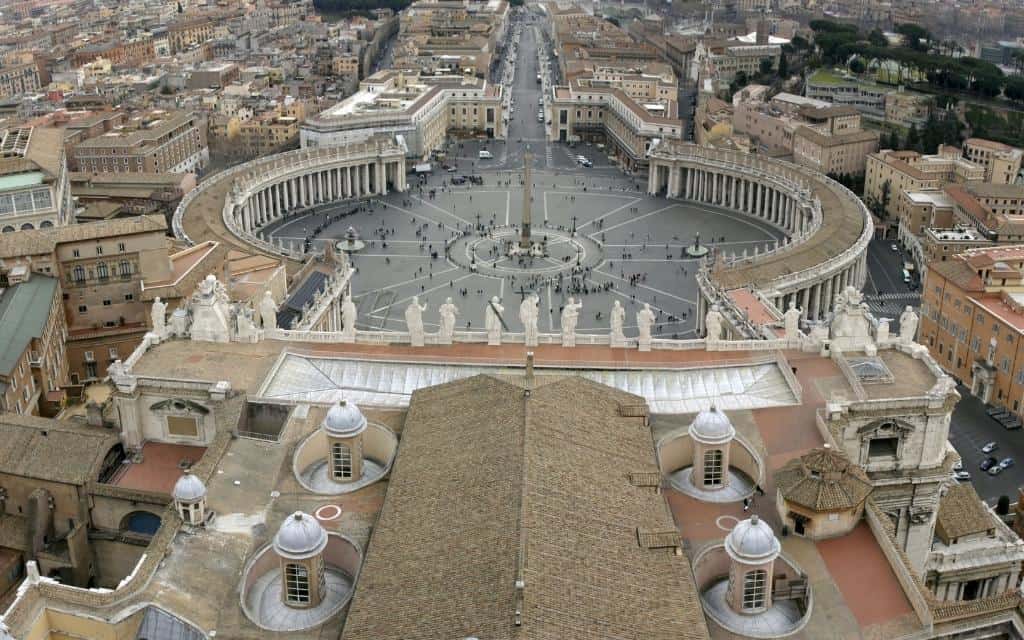
From the Basilica you continue along the walls of the Vatican to the Vatican Museums, which open at 9am. It’s a quarter of an hour away from the basilica. Tickets are better to order onlineto avoid a queue of several hours at the venue. Or look for the Rome&Vatican Pass, which includes admission to the Vatican Museums.
Vatican Museums and Sistine Chapel
Vatican Museums are one of the largest museums in the world with over 20,000 works on display. And that’s only a fraction, because most art and works are not visible. The Vatican Museums are the 6th most visited art museum in the world. It will amaze you with Roman sculptures and masterpieces of Renaissance art.
Once you’ve passed through the Vatican Museums, you’ll reach the Sistine Chapel with its frescoes and ceiling by Michelangelo. At the very end, you will be treated to a spiral staircase inspired by Bramante’s staircase.
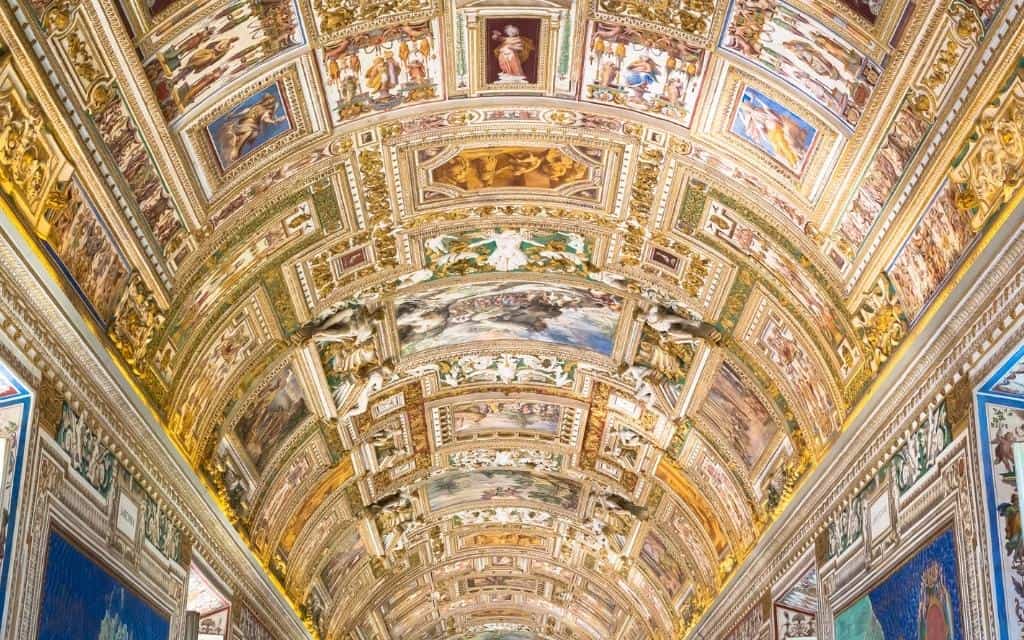
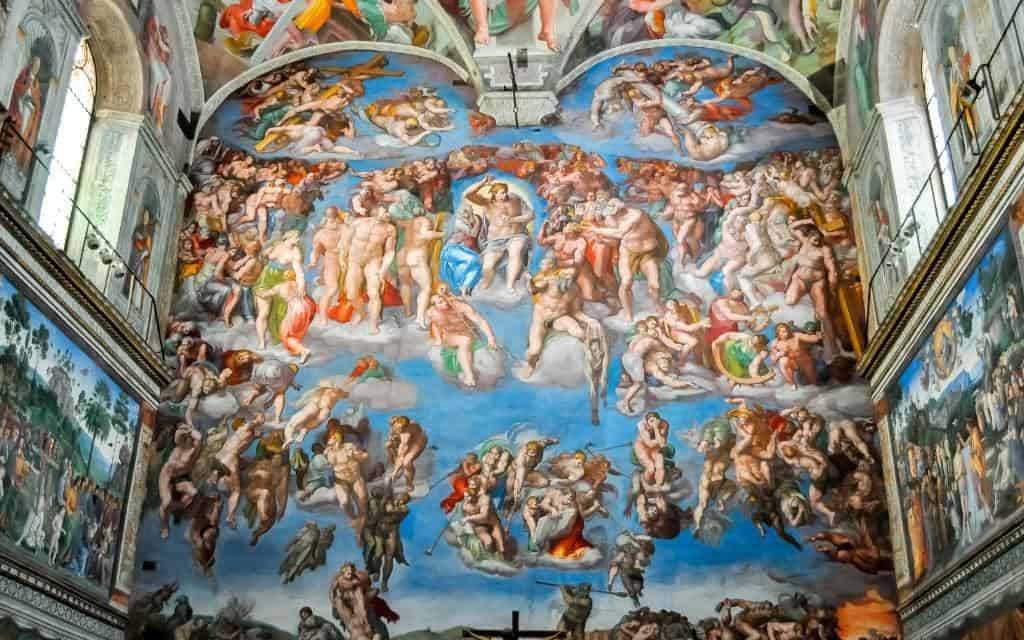
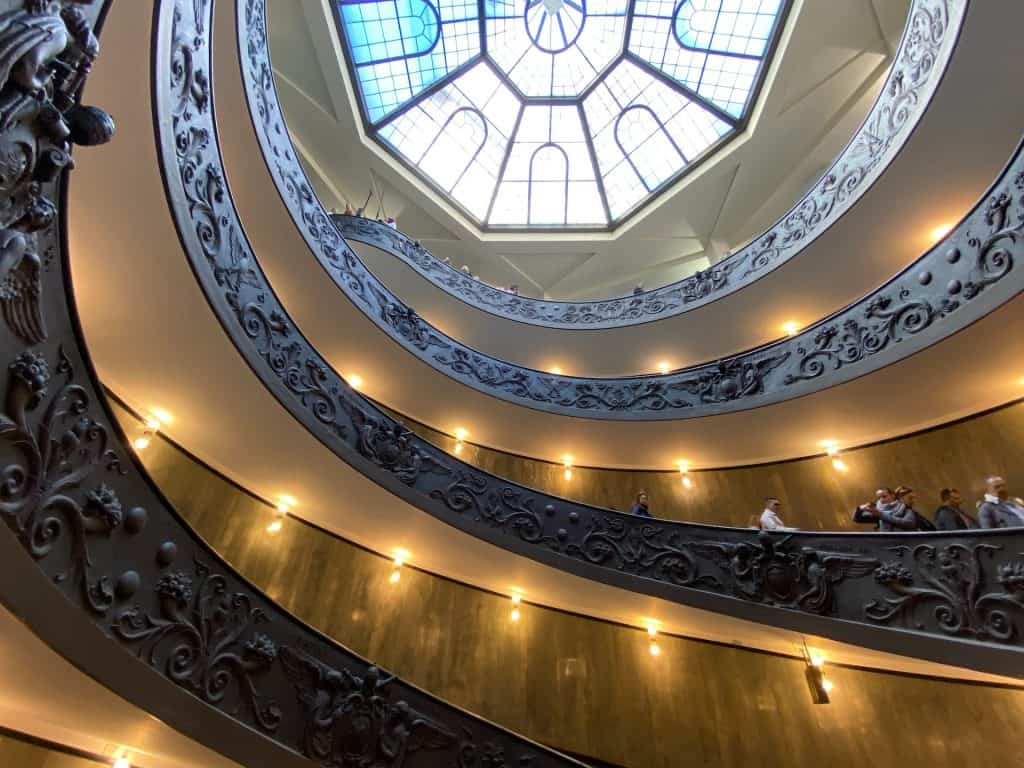
And half the day is over. The collection in the Vatican Museums is so extensive that you can easily spend 2-3 hours here. You should also expect that in the season from April to October there will be a lot of people.
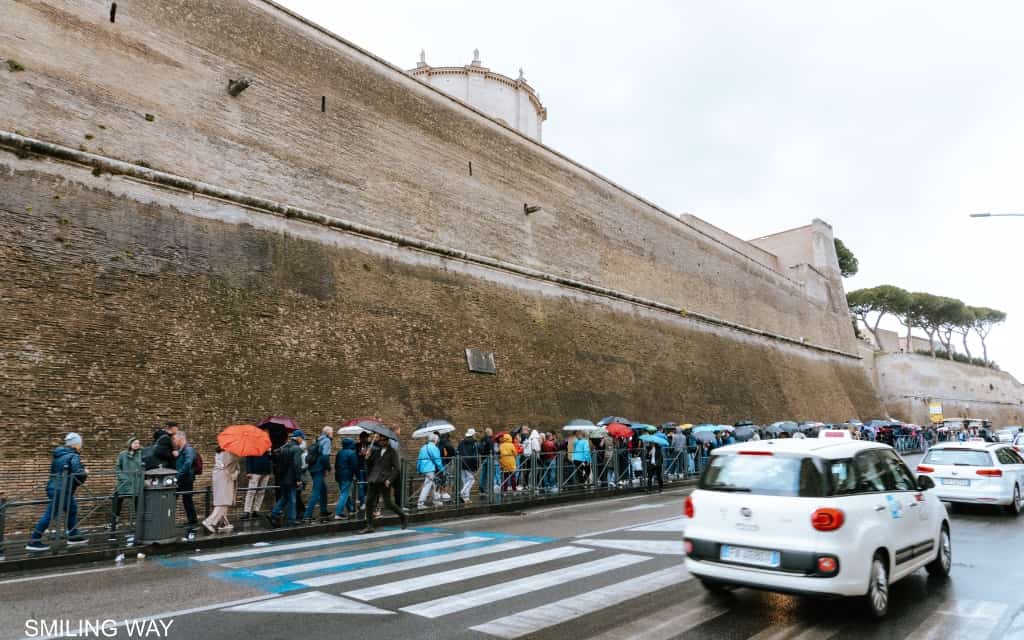
How to skip the queues for the Vatican Museums and the Sistine Chapel: You can skip the queue by orderingtickets to the Vatican Museums and the Sistine Chapel online. At the venue, you will then go through the middle entrance for those who have booked a ticket in advance.
Inside, you go through security, go up the stairs, and on your right you’ll see a machine where you scan the code from your reservation and tickets come out. The whole process took us about 5 minutes and saved us hours in line.
Angel Castle and Angel Bridge
A short distance from the Vatican, on the right bank of the Tiber River, you will find the Castelo Sant’Agelo, known as Hadrian’s Tomb. Hadrian was a Roman emperor who had the fortress built as a mausoleum for himself and his family. You can climb up to the roof for an amazing view.
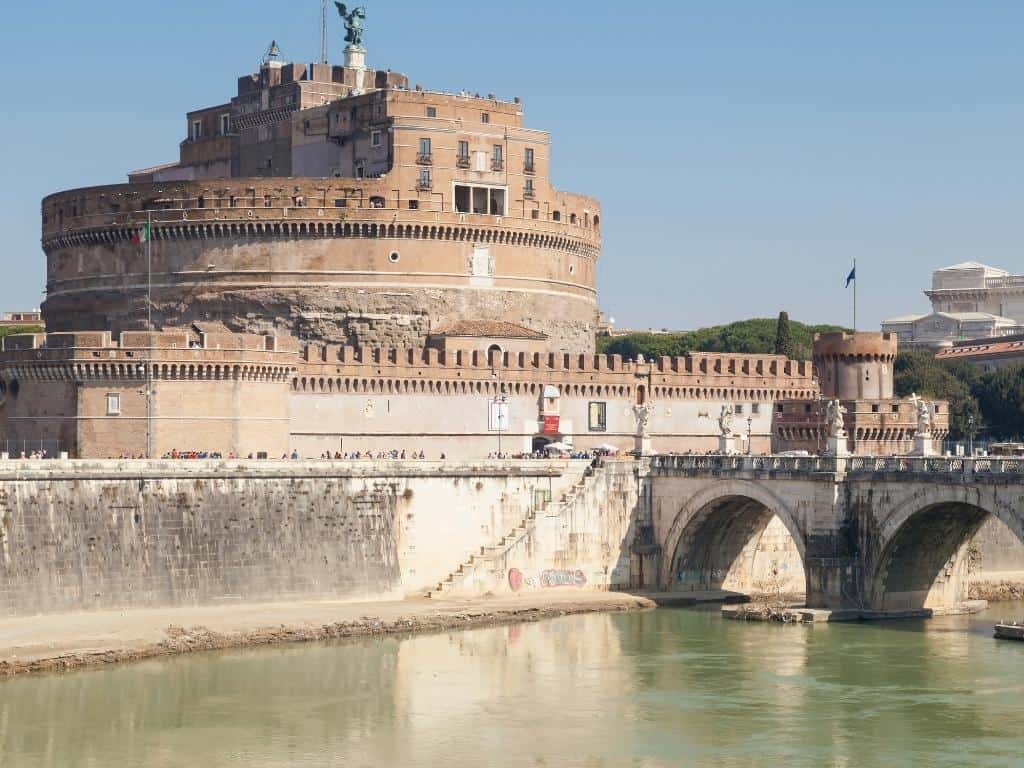
From the Castle of the Angels, continue along the Bridge of Angels (Ponte Sant’Angelo), built by the ancient Romans, but angels have been here since the 1600s. And it is the angels that represent the Stations of the Cross and the 12 stops on the way to the crucifixion of Jesus Christ.
The Angel Castle is open free of charge to everyone on the first Sunday of every month – no advance reservations are possible.

TIP: Would you like to save money on entrance fees and transport around Rome? Or do you want to simplify things and use one card for everything? Take a look at my comparison of the Roma Pass and Rome&Vatican Passwhich get you free or reduced admission to more than 45 monuments, unlimited public transport, a sightseeing bus ride and other bonuses.
Piazza Navona
From the bridge, take Via Dei Coronari, one of the most picturesque streets in Rome. We went here for dinner at the Quelli de’ Coronari restaurant. A small, rustic restaurant where we were with only Italians.
The street leads you to Piazza Navona with Bernini’s Neptune Fountain of the Four Rivers. On the fountain you will notice 4 river gods, which symbolize the largest rivers of the 4 main continents. Bernini’s most famous fountain is the Trevi Fountain, but the square is tiny and literally packed.
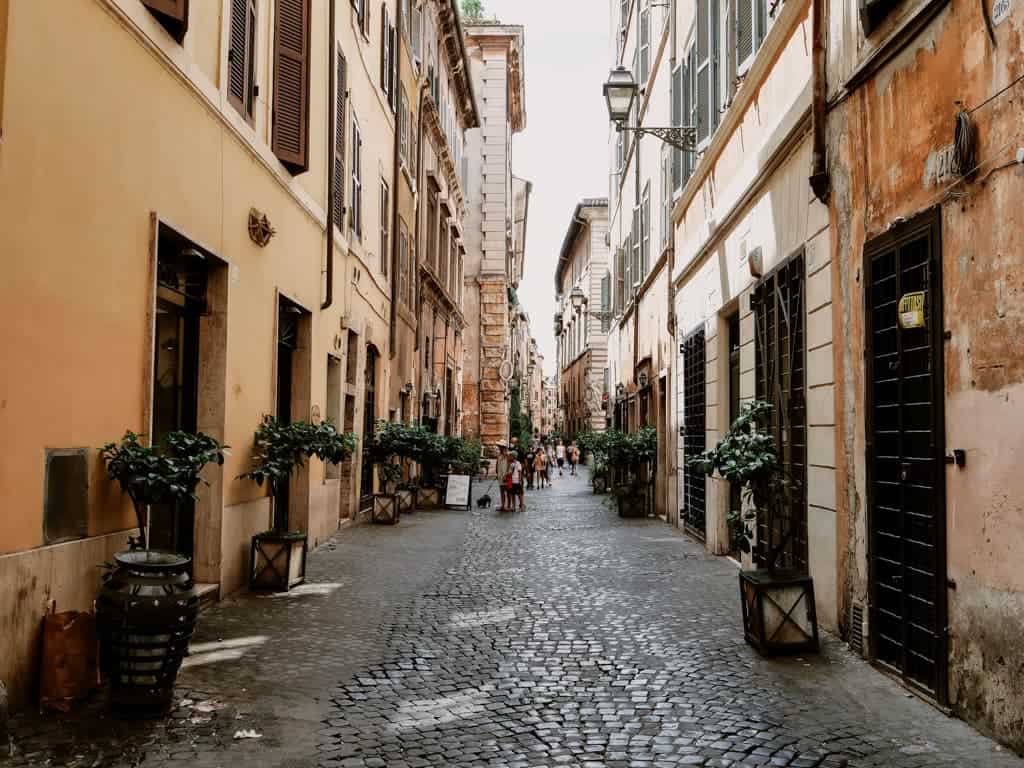
Piazza Navona, on the other hand, is a beautiful square where you can soak up the atmosphere in a much more relaxed way. Besides the fountain, the square is also dominated by the Church of Sant’Agnese in Agone, which you can visit for free (open until 19:00 except Mondays).
On the south side of the square is one of the sections of the Roman Museum, which covers the history of Rome from the Middle Ages to the 19th century.
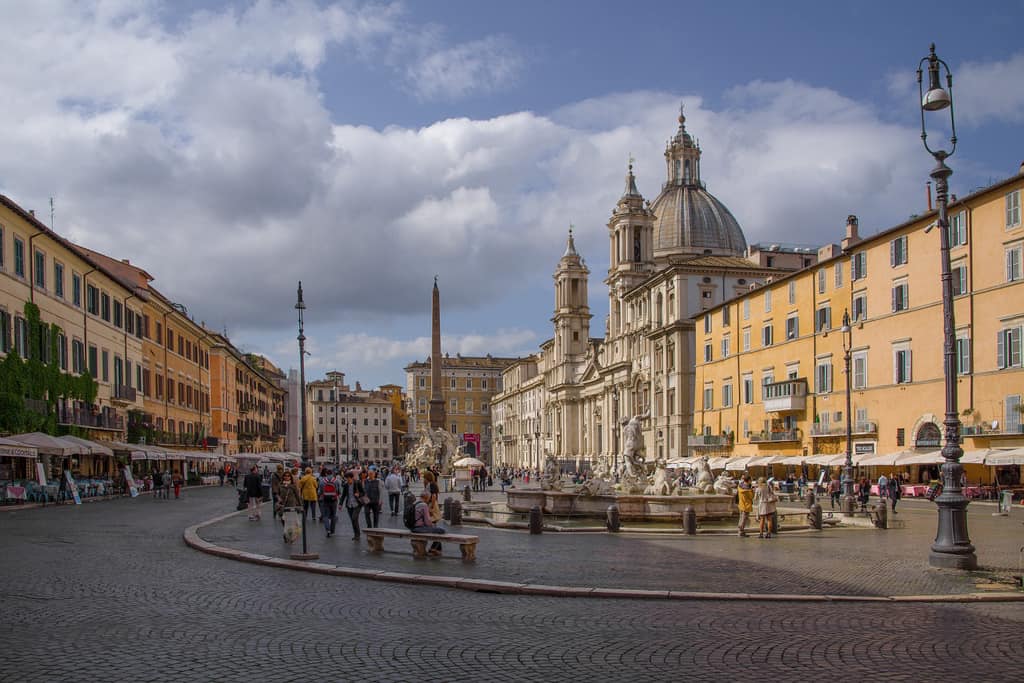
Rome in 3 days: FONTANA DI TREVI – BORGHESE GALLERY – PANTHEON
It’s our last day here. And again, I recommend you get used to it. Rome is such a popular city that it’s hard to visit some of the sights without the crowds breathing down your neck. An example is the Trevi Fountain.
Trevi Fountain
And that’s why we’re gonna head out here first thing in the morning. This is the only “normal” time when you won’t see crowds of tourists. We were at the fountain late in the evening in November and it was literally packed. We were here early in the morning and had her almost to ourselves.
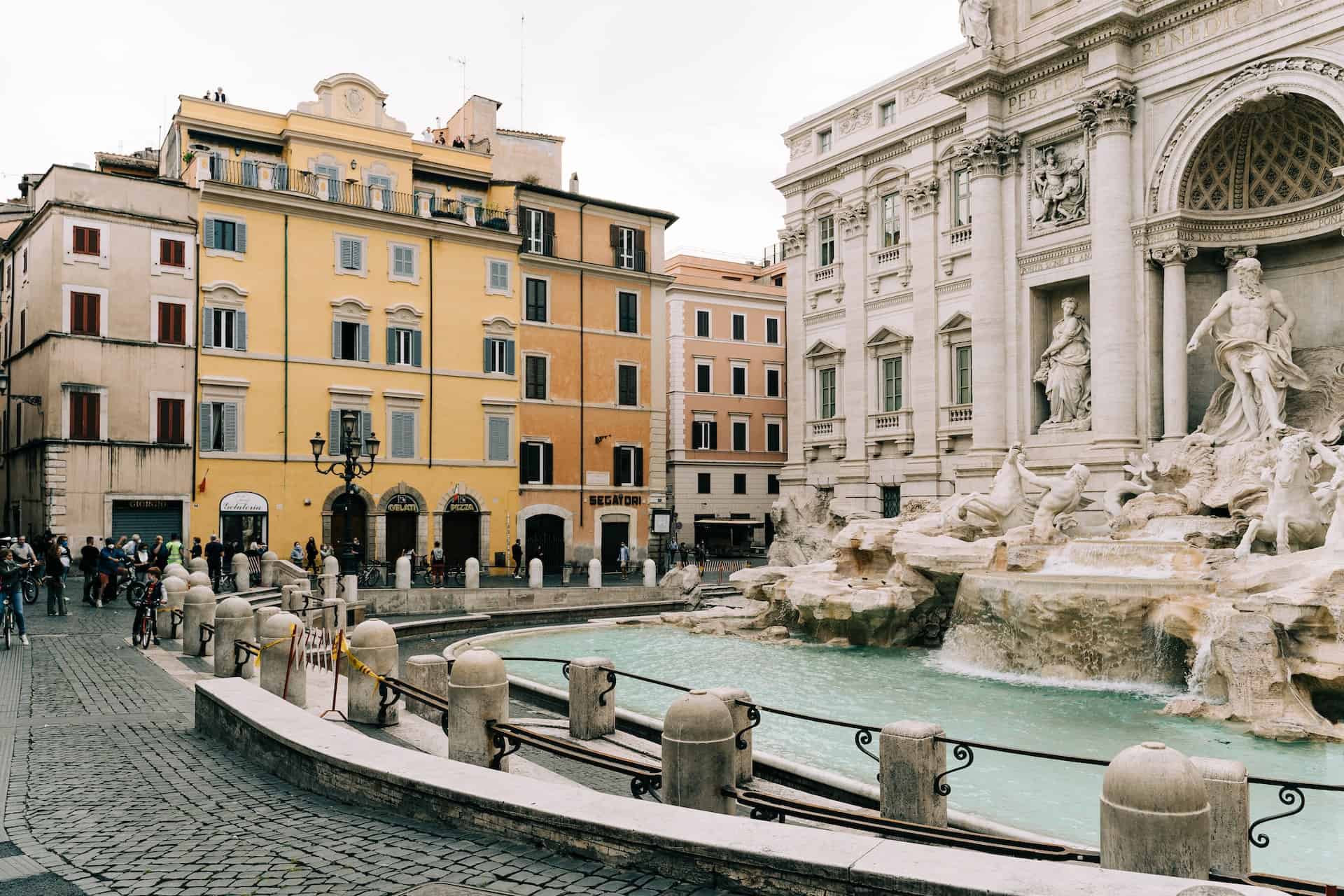
What’s the reason it’s usually so crowded? The square is tiny. Most of it is taken up by the fountain itself. That gives it an even greater sense of monumentality. You feel like you’re standing on a theatre stage, watching an amazing performance.
The Trevi Fountain symbolises the abundance and health that water brings. The background of the statue is the Palazzo Poli, which today houses the National Institute of Graphic Arts.
Tradition says that if you throw a coin there (from your right hand over your left shoulder), you will return to Rome one day. If you throw 2 coins there, you will meet love and 3 coins will bring marriage.
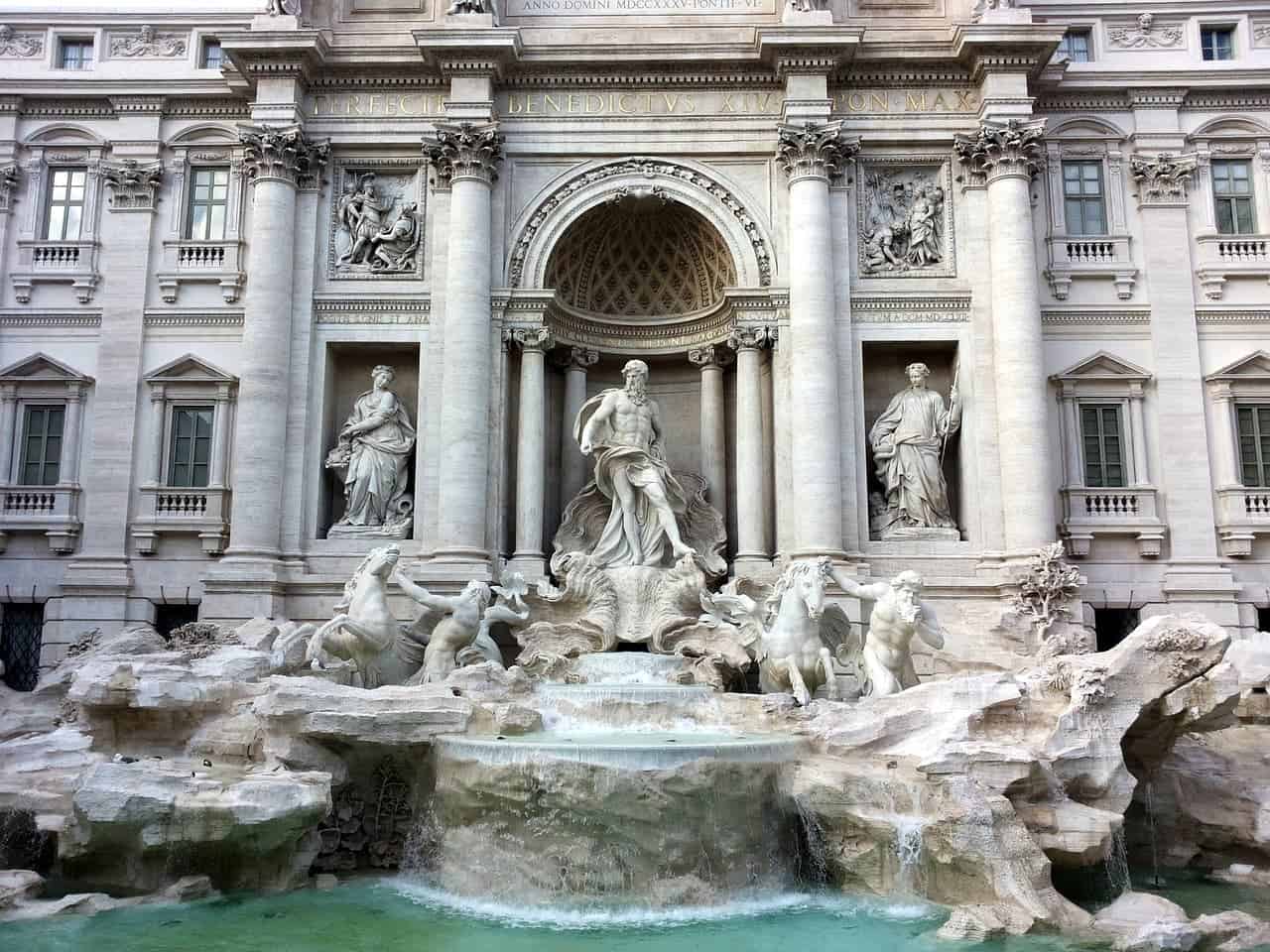
It is said that it fits into the fountain for € 3,000 a day. Up to €1.4 million a year. The money is collected 3 times a week when the fountain is closed to the public – MON, WED, FR between 8am and 9am. Everything then goes to a local charity to help the homeless and in need. So even if you never returned to Rome, you did at least a good deed.
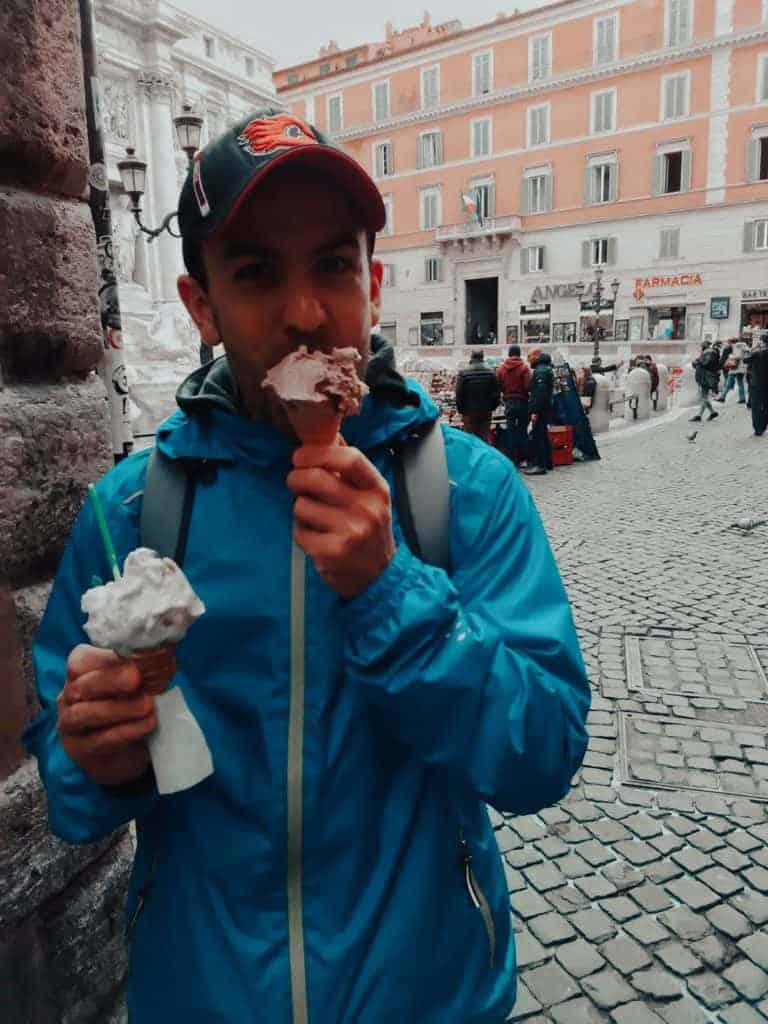
Spanish Steps
From the Trevi Fountain, continue to the Spanish Steps, which are about a 10-minute walk through the winding Roman streets, where you’ll get lost in no time. But you’ll get lost beautifully. You will discover unknown places, corners, squares, churches and encounter the real life of the Romans in the morning.
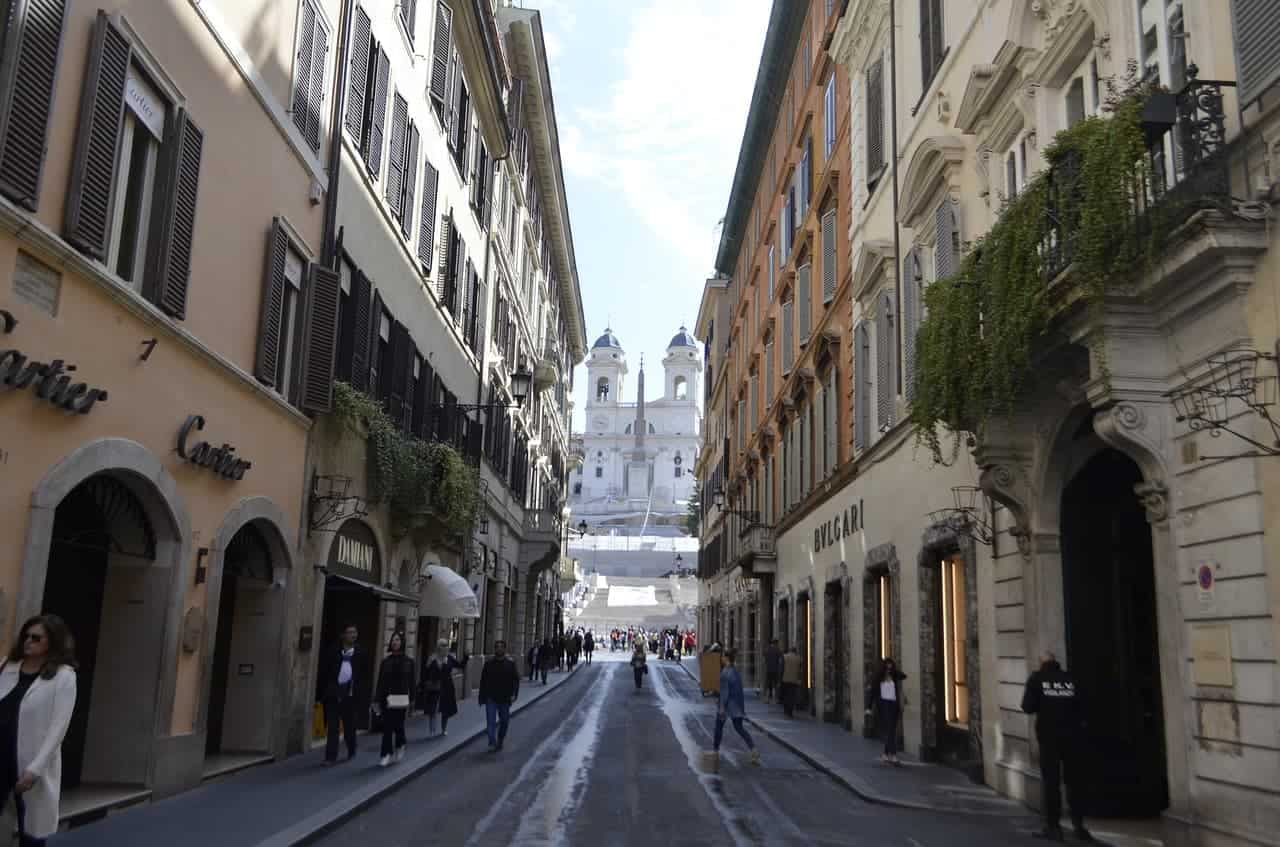
The Spanish Steps are one of the most famous stairs. And the widest staircase in Europe. For the first time, they didn’t leave such a strong impression on us, which was probably due to the vendors running up the stairs. The second time, however, we soaked up the atmosphere much better.
The Spanish Steps have an irregular butterfly shape and date from the 18th century. Looking for some deeper symbolism like the Trevi Fountain? Then you’re probably going to be disappointed. The Spanish Steps were built for one purpose – to connect the local church with the square below. They take their name from the Spanish Embassy, which was based here from the 16th century.
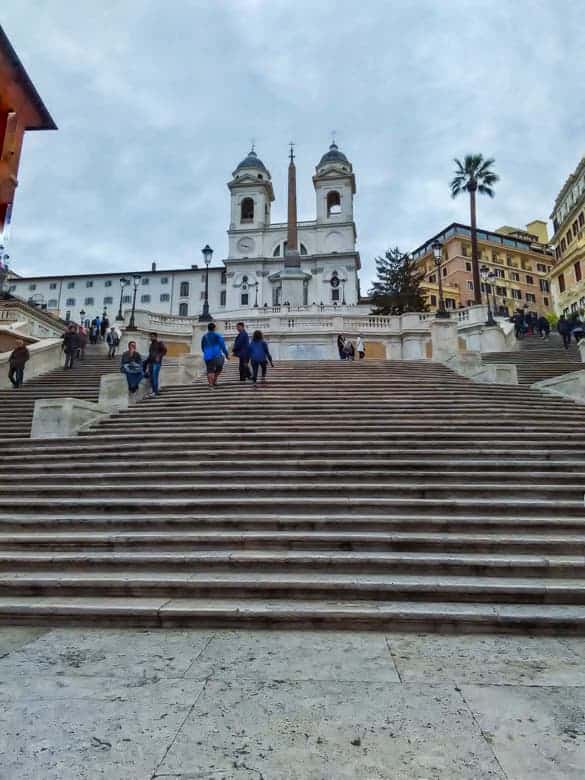
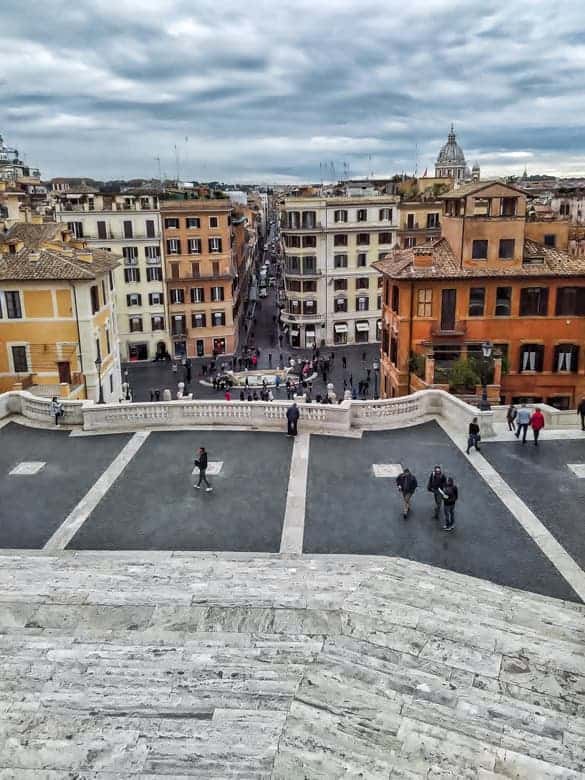
You can admire the Baroque Barcaccia fountain just below the stairs.
The Spanish Steps used to be littered with people literally like grapes. Sometimes you had trouble getting through. Something like the Sacré-Coeur Basilica in Paris. The city responded by banning sitting, drinking and eating to preserve the monument.
Many people believe that the Spanish Steps are now closed. But it’s not like that. Make sure you come out here.
Climb the stairs towards the church. And enjoy the view of Rome. From here, take a left. Continue to Borghese Park. It’s called the Green Lungs of Rome. After a few hundred metres, the path forks and you turn right onto Pincio Hill (this is where the terrace with the view is on your left).
Hotels in Rome 😴
Pincio Lookout and Borghese Gallery
On the hill, Rome spreads out beautifully. You can see the Roman rooftops with the dominant dome of St Peter’s Basilica. The climb is definitely not difficult and the view is worth it. You’ll reach the Pincio balcony, where you’ll get the best view of the Piazza del Popolo.
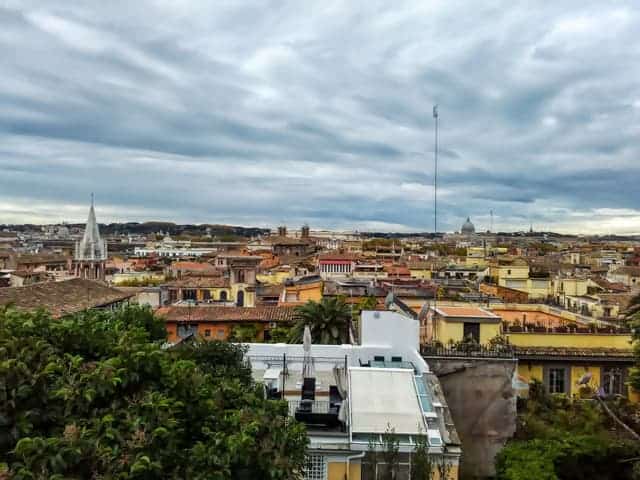
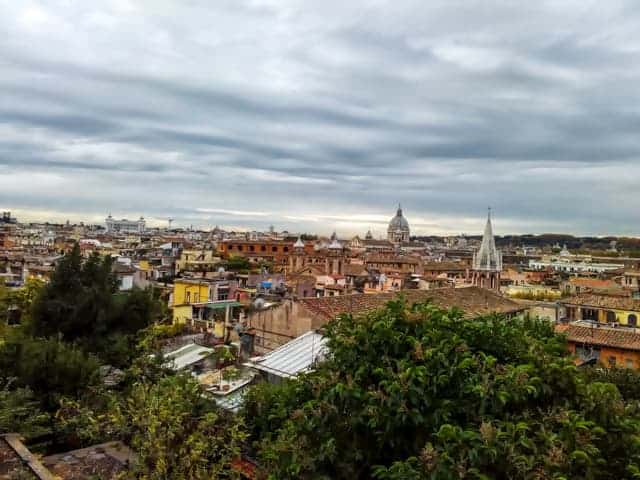
Behind you is the sprawling Villa Borghese. It is one of the most beautiful parks where Romans go to have fun, relax or just walk around. You’ll find carousels, bike hire, cafes and the Borghese Gallery. It houses one of the world’s finest collections of art in sculpture, painting and architecture.
They only let a limited number of tourists in, so it’s not crowded. Unlike the Vatican Museums, which receive 30,000 visitors a day.
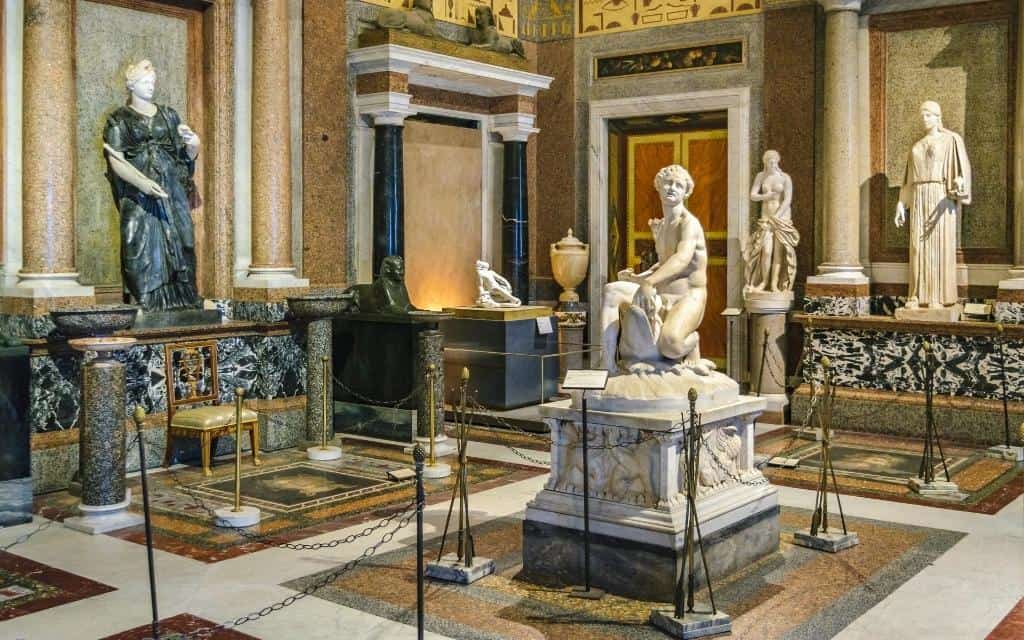
And what does the Borghese Gallery have to offer? With its floor mosaics depicting gladiators, ancient sculptures, Egyptian art, Renaissance paintings by Raphael and Titian or some of Bernini’s most famous sculptures. You must have tickets book in advance but it’s worth it (book well in advance – they tend to sell out long in advance). Advance reservations are required even on the first Sunday of the month, when admission is free.
Piazza del Popolo
From the gallery, you can return to Piazza del Popolo via the park or take the public transport and head towards the Pantheon. For those who can walk across the Piazza del Popolo, we’ll talk a bit about the square.
Piazza del Popolo is a large square where you definitely won’t get the cramped feeling of the Trevi Fountain.
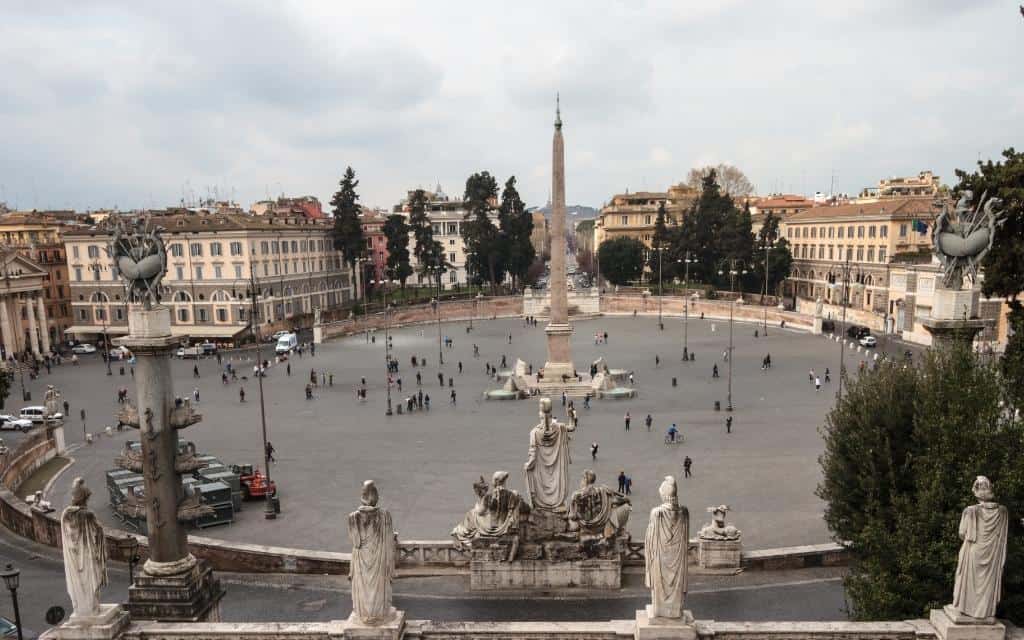
An Egyptian obelisk with original hieroglyphs stands out in the middle of the square. One of the oldest and largest in Rome. Now you may be wondering how he got here. The first Roman Emperor Augustus brought it here from Egypt as his war trophy.
For centuries it stood on the Circus Maximus in ancient Rome, and it was not until the late 1500s that the obelisk was moved to the Piazza del Popolo.
From the square, you can continue along one of Rome’s busiest streets, Via del Corso. From there, turn right and after about 20 minutes from Piazza del Popolo, you’ll be at the Pantheon.
Pantheon
A breathtaking sight that will blow your mind every time you see it. The Pantheon is a church and mausoleum that in its early days was used for the worship of planetary gods.
It is known for its dome, which is the largest dome of unreinforced concrete in the world. You just stand there and don’t understand how they did it. But they did it brilliantly – as the layers of concrete blocks went higher and higher, they used lighter and lighter material. So the bricks at the very top are made of extra light pumice.
In the upper part of the dome there is an opening with a diameter of 9 meters, through which, in addition to the door, the only daylight enters the church.
Please note: Pantheon is now open from 3. 7. 2023 chargeable – 5 € and 2 € for young people 18-25 years.


Campo dei Fiori
From the Pantheon we continue to Largo Argentina. That’s where Caesar was stabbed to death in 45 BC. Today, in addition to the ruins, you might be interested in the many cats that live here among the Roman remains. They are cared for by a local organisation.
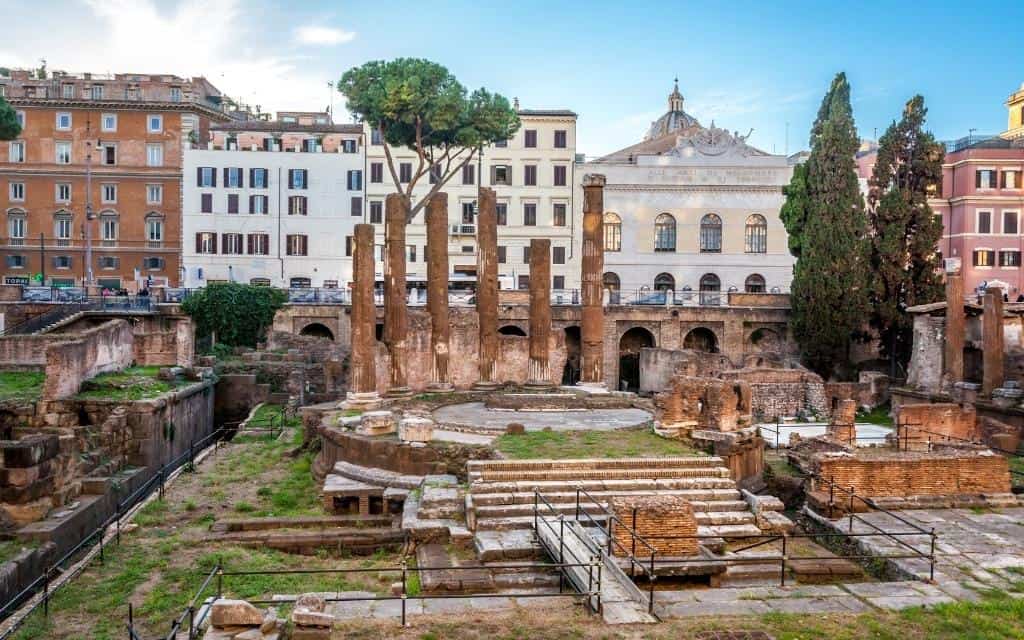
Largo Argentina is just a short stop on the way to Campo dei Fiori. A beautiful square from the Renaissance and Baroque periods, which used to be used as a market and for executions. The executions were abolished, the market remained. It is even the only outdoor indoor market in Rome.
You can buy fresh food here, including local olive oil and cheese. They also have souvenirs, but expect a surcharge.
HOW TO GET FROM THE FIUMICINO AIRPORT TO THE CITY CENTRE: Private transfer from the airport is the most convenient way to get to Rome. Buses are the most popular mode of transfer – there are several carriers to choose from, with buses being the most reliable SIT Bus-Shuttle. They stop near the Vatican and Termini Station. Just show your ticket on your mobile phone on the spot. The advantage is that if you miss the original connection, you can take the next one without any problems. The third and fastest option is Leonardo Express trains.

Trastevere district
The last stop is Trastevere, reached via the Ponte Sisto bridge. She is famous for her great food. It is also one of the most beautiful neighbourhoods where you can just wander around and admire the colourful houses around the narrow cobbled streets.
This is how most of us imagine Rome. And you will see for yourself that some neighbourhoods (not in historic Rome) are far from this idea.

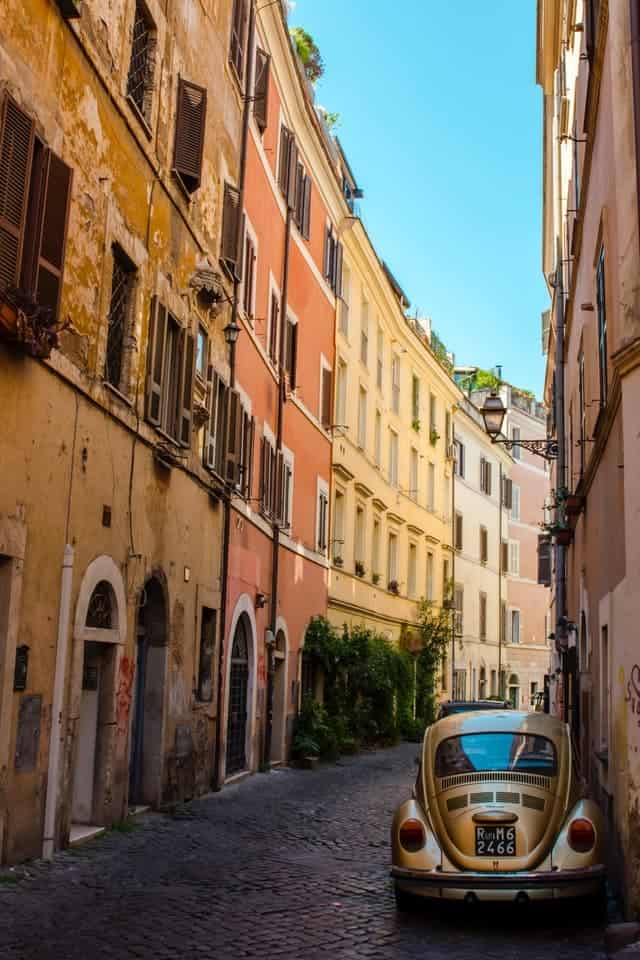
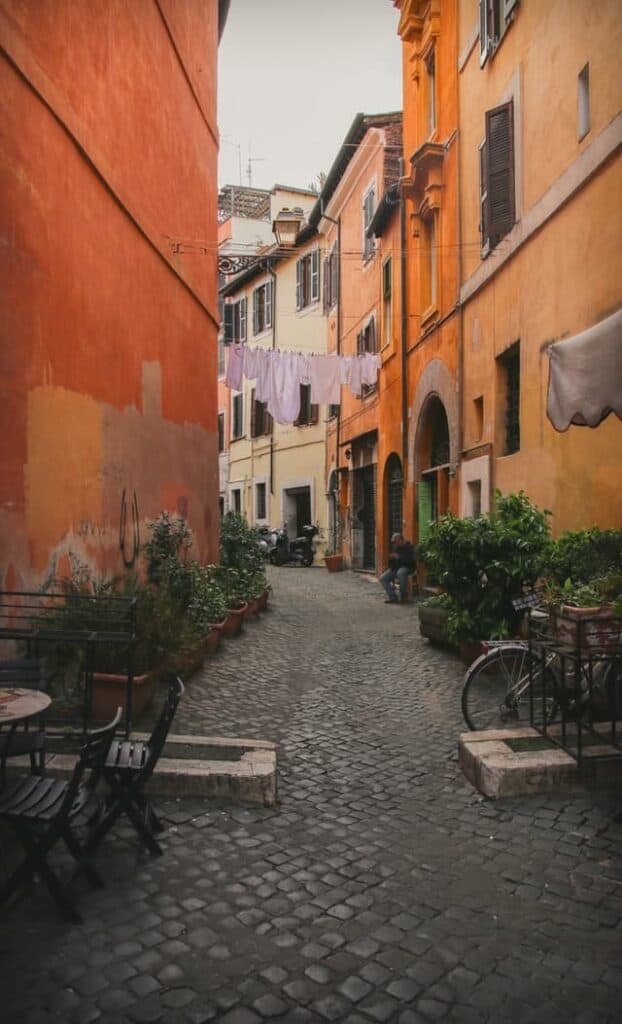
Note: You must dress appropriately for all church buildings (not just the Vatican) – keep your knees and shoulders covered and remove your head covering.
Rome in 3 days: hotels
My recommendation is to stay near Termini Station, where you arrive from Fiumincino or Ciampino Airport. There are several nice hotels, many good restaurants nearby, grocery stores (Coop), good metro connections to the whole of Rome and you can walk to the centre in a few minutes.
Tips for the best accommodation in Rome:
- Hotel Impero – cheap hotel with excellent breakfast and roof terrace; older facilities but clean and cosy; quiet at night
- Hotel Borromeo – 3* hotel with air conditioning and roof terrace; minutes from the metro and within walking distance of the historic centre
- The Hive hotel – 4* hotel with modern and clean rooms; rooms and suites for up to 4 people available; spacious roof terrace with seating and restaurant
- hu Roma Camping in Town – accommodation in air-conditioned bungalows or chalets, restaurant, refreshments, free parking, jacuzzi, swimming pool, bar
Hotels in Rome 😴
How to save money on sightseeing and transport in Rome?
It’s very easy to save money in Rome with the Roma Pass. With it, you get free admission to the most famous sights and reduced admission to many other places.
The card also includes unlimited travel around Rome and the use of information points with public toilets and the possibility to get a phone (this is always useful in cities, what we will talk about).
Roma Pass is available in 3 variants:
- Roma Pass 48 hours – free entry to the first monument you visit (I recommend choosing the Colosseum first to save the most) and reduced admission to all other monuments you visit within 48 hours. Unlimited travel for 48 hours in Rome on top of that.
- Roma Pass 72 hours – free entry to the 2 sights you visit first (such as the Colosseum and Capitoline Museums) and reduced admission to all other sights you visit within 72 hours. Here, too, unlimited travel is valid for the duration of the card.
- Roma Pass in combination with the Omnia Card – you get the benefits of the Roma Pass for 72 hours, as well as free admission to the Vatican Museums, the Sistine Chapel and a 72-hour sightseeing bus ride that takes you around Rome’s biggest attractions (you can get off and back) at any time.
I have written in this article about whether the card will pay off for you and a detailed guide.
Is the Roma Pass worth it?
It was worth it for us, but it depends on what you plan to visit. Let’s take a simple example of a Roma Pass for 72 hours (3 days), which costs €52. The card gives you free entry to 2 selected sights. One of them will definitely be the Colosseum along with the Forum Romanum and the Palatine Hill (€16). From here it’s just a short walk to the Capitoline Museums (13€).
We have used up 2 free entries and now you have everything at a reduced price. We’ve already saved 30€ on sightseeing and 18€ on public transport for 3 days. We check out the free places like the Trevi Fountain and Pantheon and just wander the streets.

The next day we head towards the Spanish Steps, Piazza del Popolo and the Borghese Gallery, where we pay a reduced entrance fee and save €6.50. From now on, the Roma Pass is starting to pay off and we have only visited 3 paid sights so far.
We will walk through the gardens around the Borghese Gallery, enjoy the view of Rome and continue to the Castle of the Angels, where we will save an additional €6 on the entrance fee with a card. And the rest of the day we just wander the streets and enjoy a meal in the Trastevere district across the river.
On the last day we head south of the Colosseum to the Baths of Caracalla and the Roman arena Circus Maximus, where we save a total of €7.
Even at a relaxed pace, you can save money with the Roma Pass 72h, so we can definitely recommend it.
I wrote more about the Roma Pass in my previous article.
Ticket Reservation
These were our tips on what to see in Rome in 3 days. How did you like the itinerary? Do you have a question? We’ll be happy to answer it in the comments below. Have a safe journey!
More about Rome
THE BEST PLACES TO VISIT IN ROME: In our article on what to visit in Rome, you will find detailed descriptions of the most beautiful places, including information on admission fees and opening times. We also have special guides for the monuments of ancient Rome or the best museums in Rome.
Everything you need to know before visiting the Vatican can be found under this link.
Read the guides for the Vatican Museums and the Colosseum to avoid queues on site. What not to miss in the Sistine Chapel is covered in a separate article. Be inspired by our photos of the interiors of the Vatican Museums.
Rome Itinerary: Get inspired by our itinerary for Rome in 1 day.
ACCOMMODATION IN ROME: We’ve created a detailed guide on where to stay in Rome (best neighbourhoods and accommodation on a budget, a map and how to get from your accommodation to the sights or the airport).
HOW TO ENJOY ROME: For tips on the best things to do in Rome, check out our article on what in. We also share some tips on how to save in Rome and more than 35 tips for travelling around Rome. In a separate article, you can find out about all the ways to get from Fiumicino Airport to the centre of Rome.
